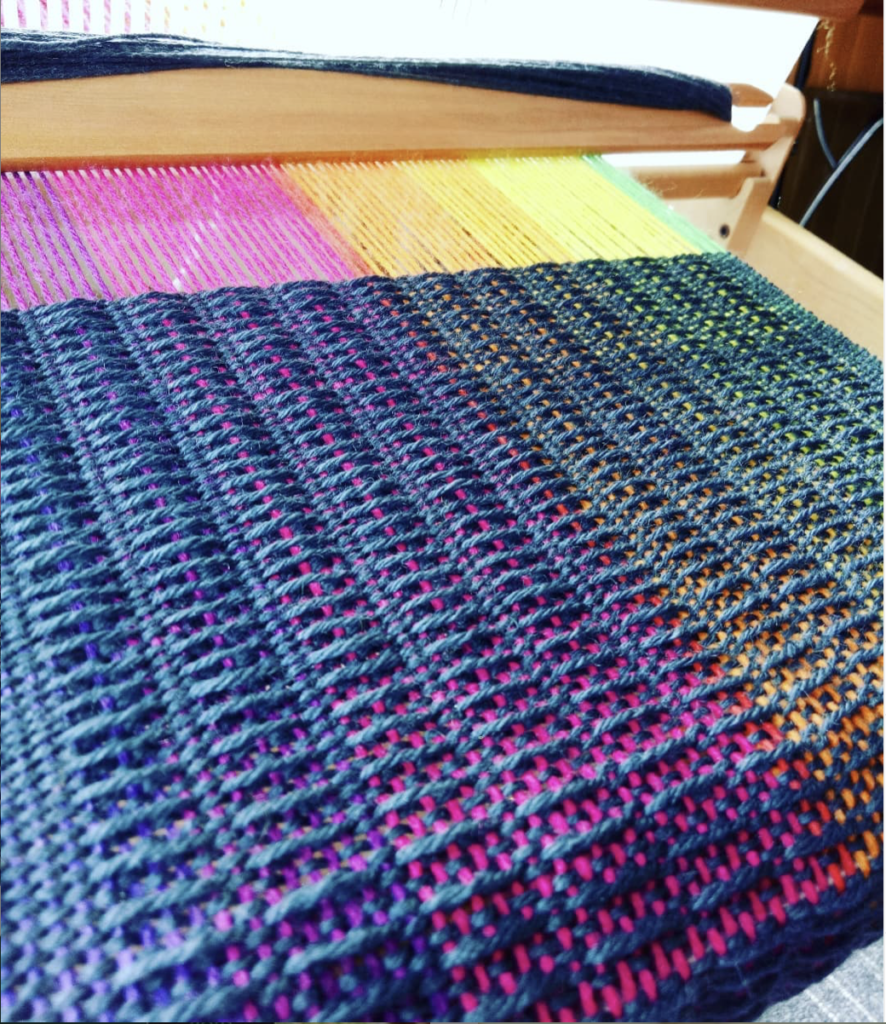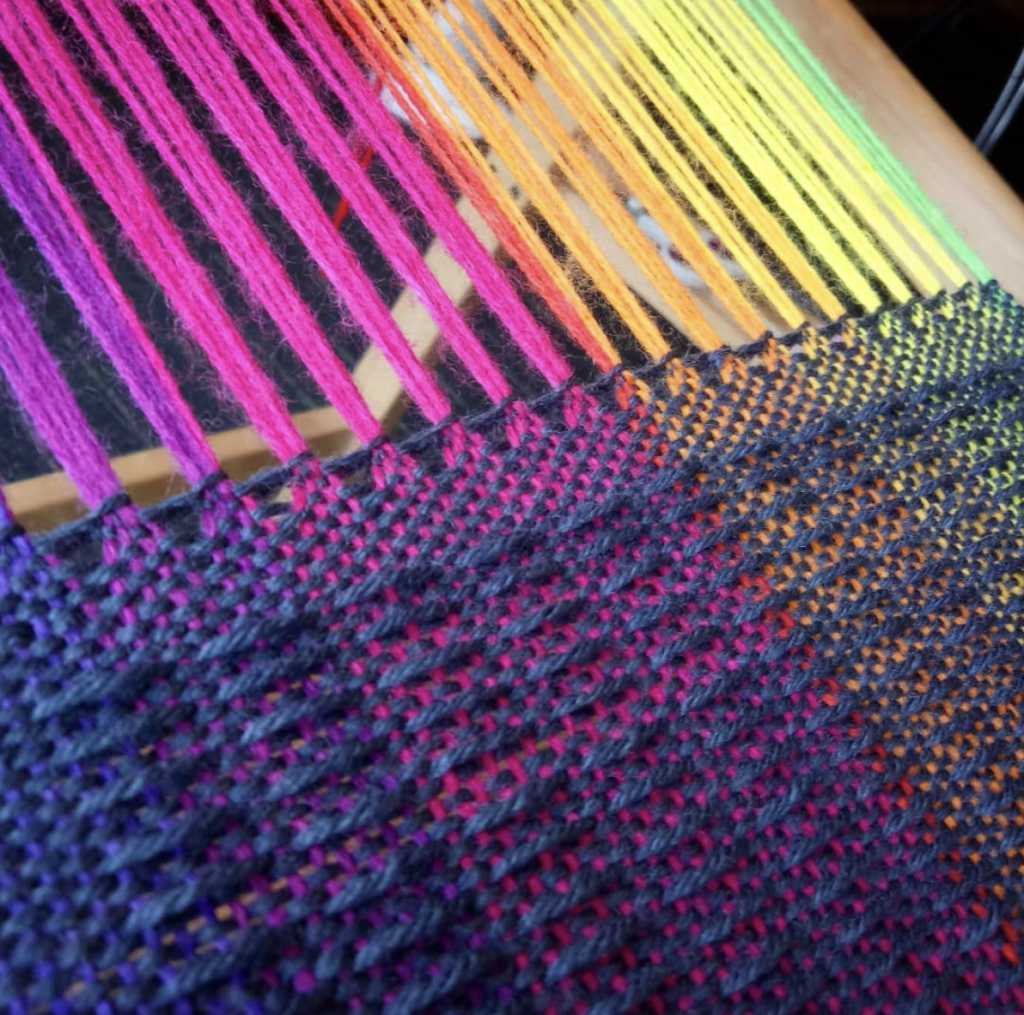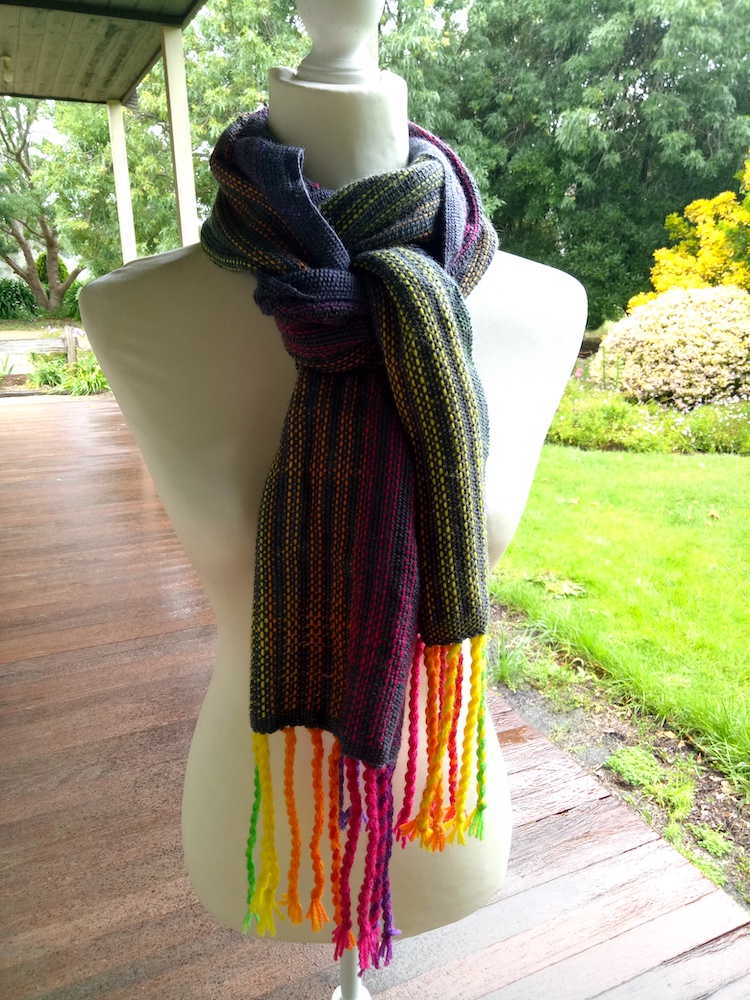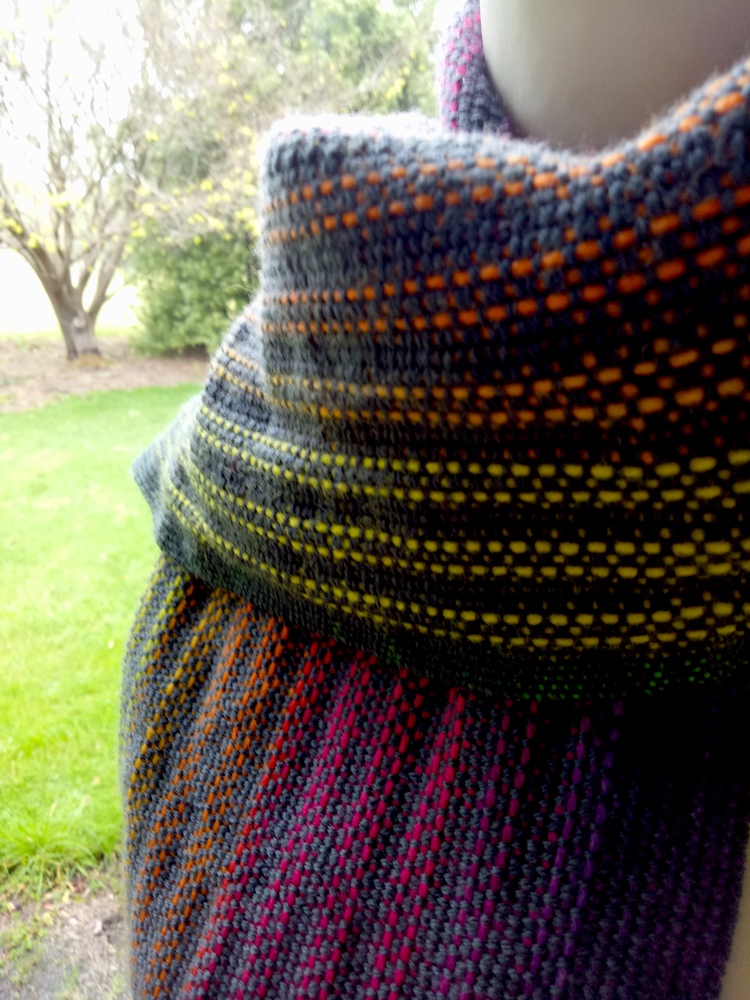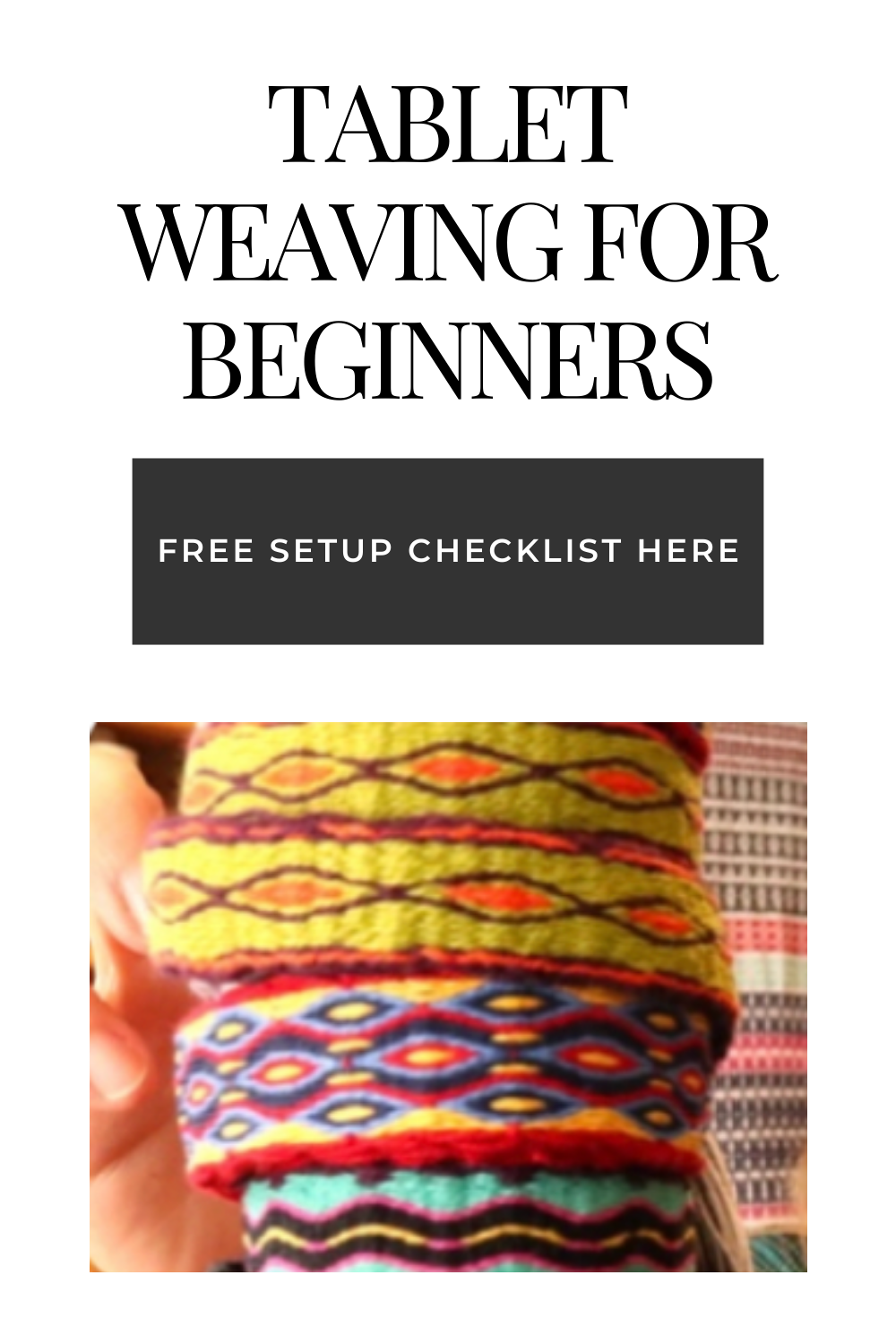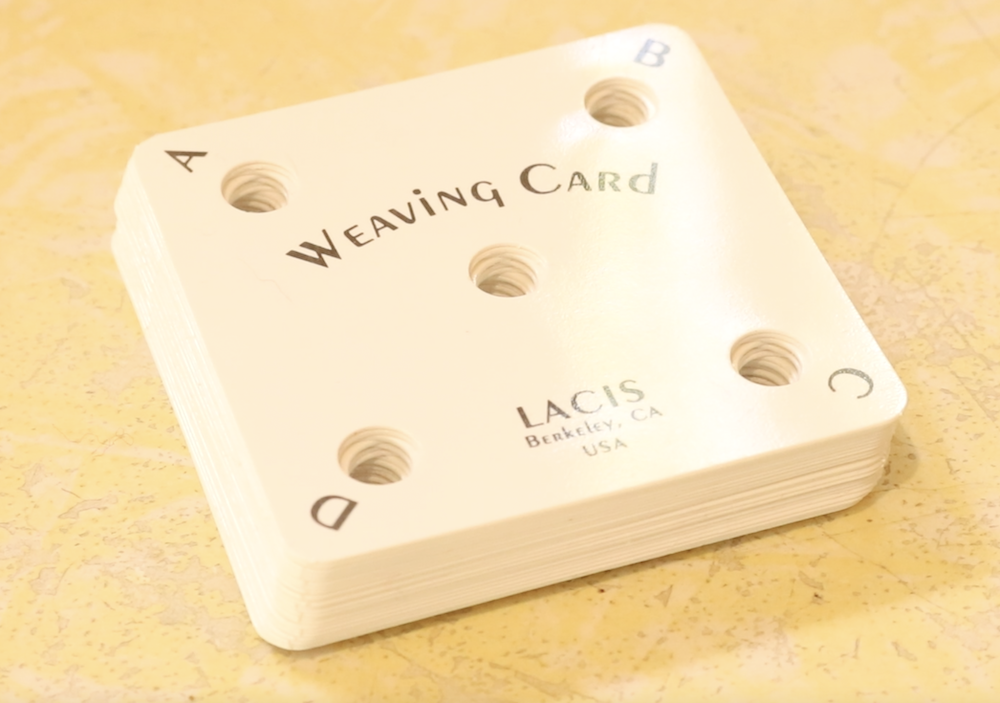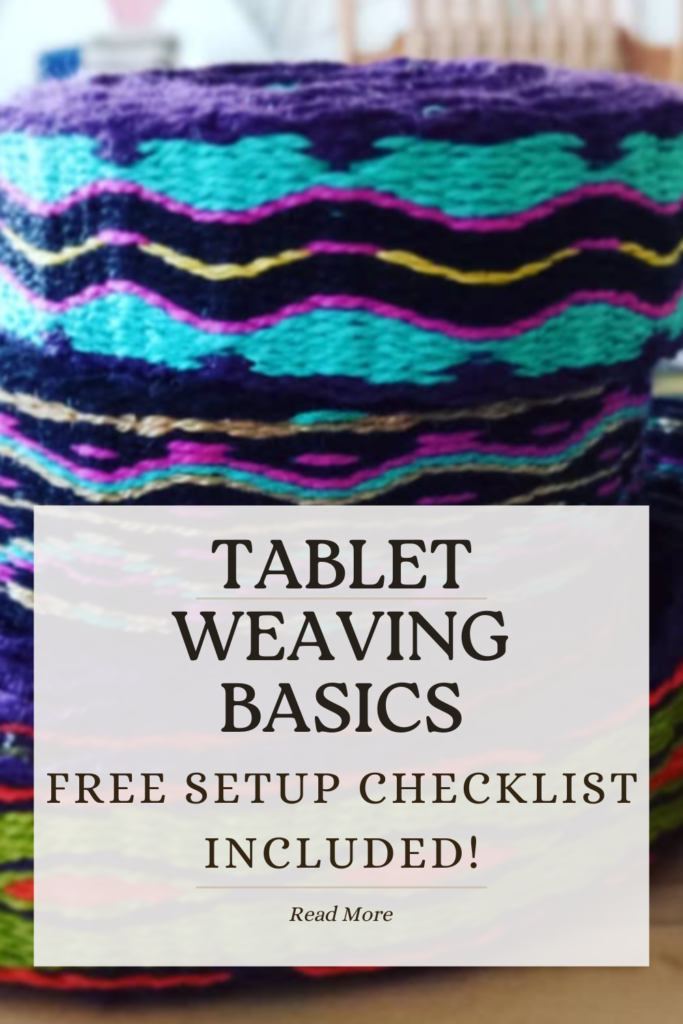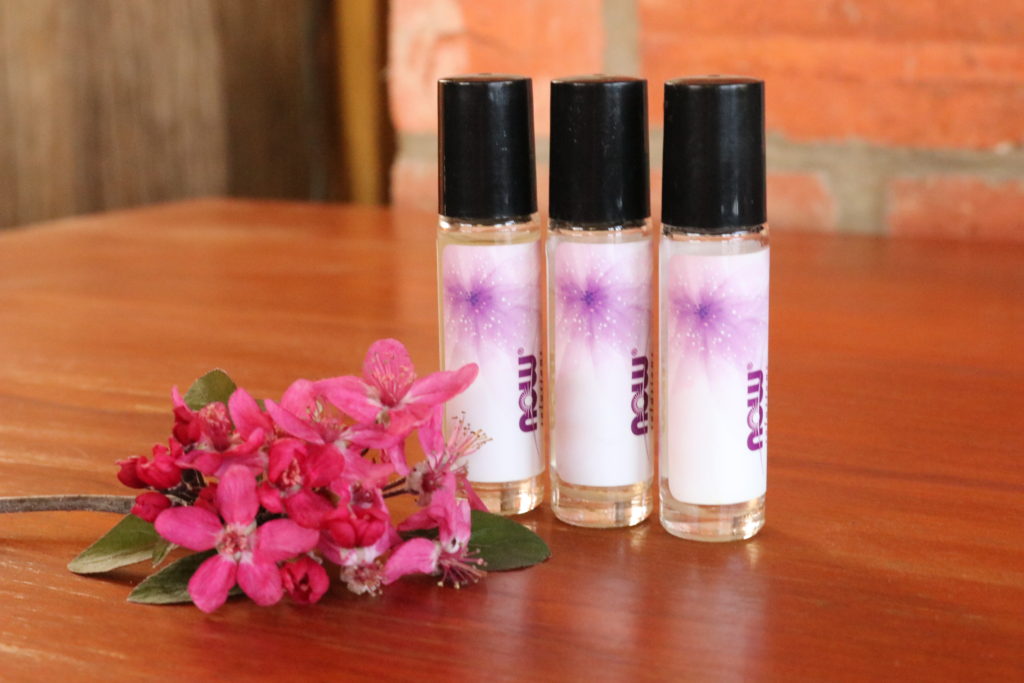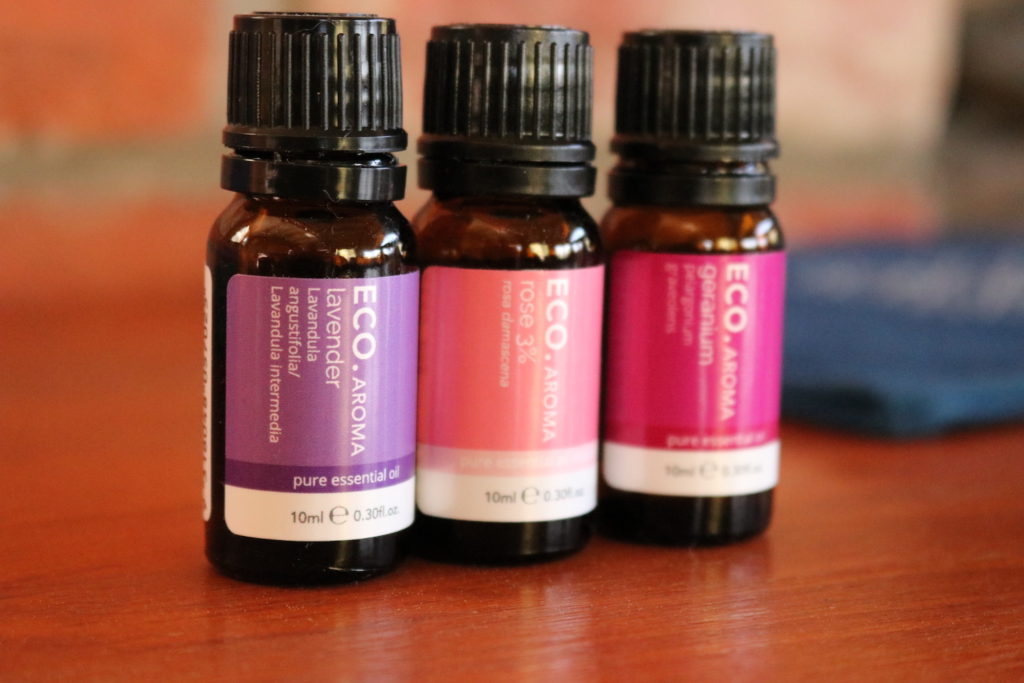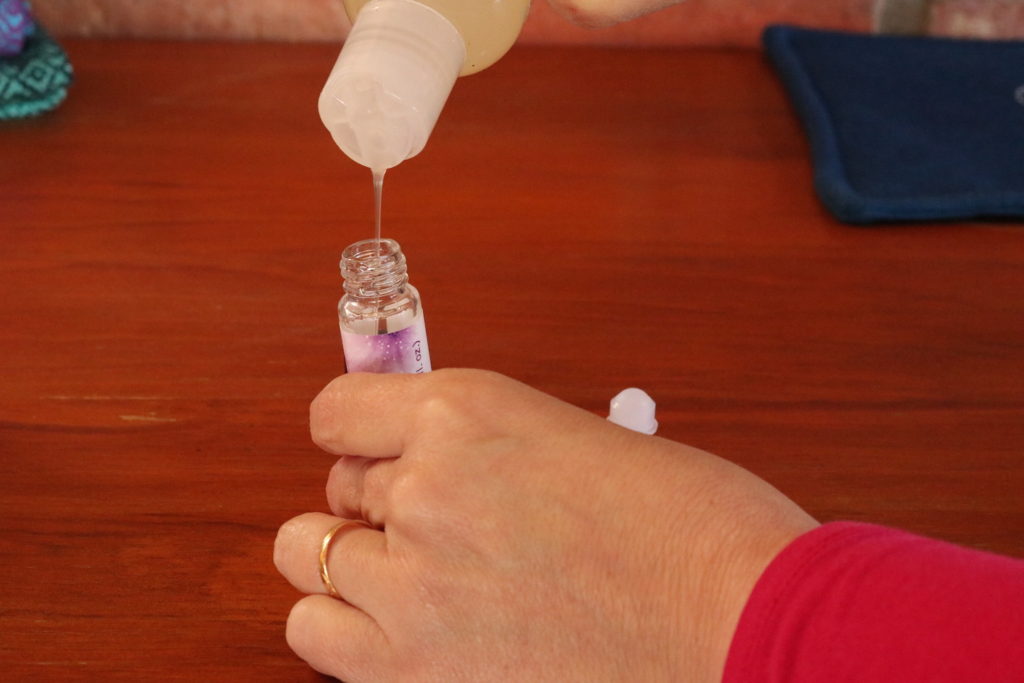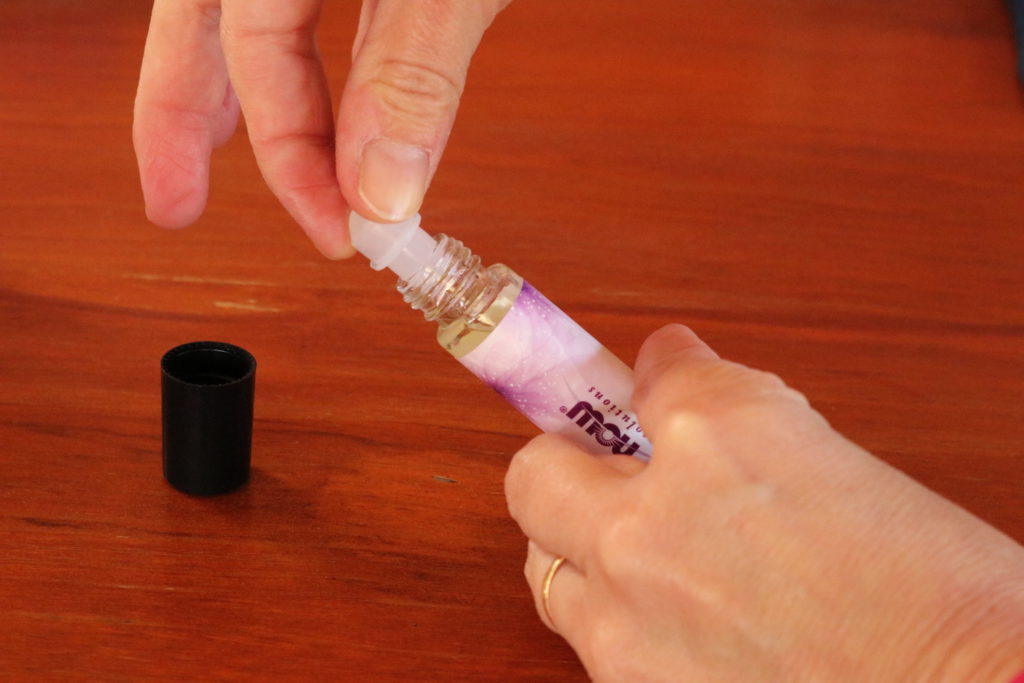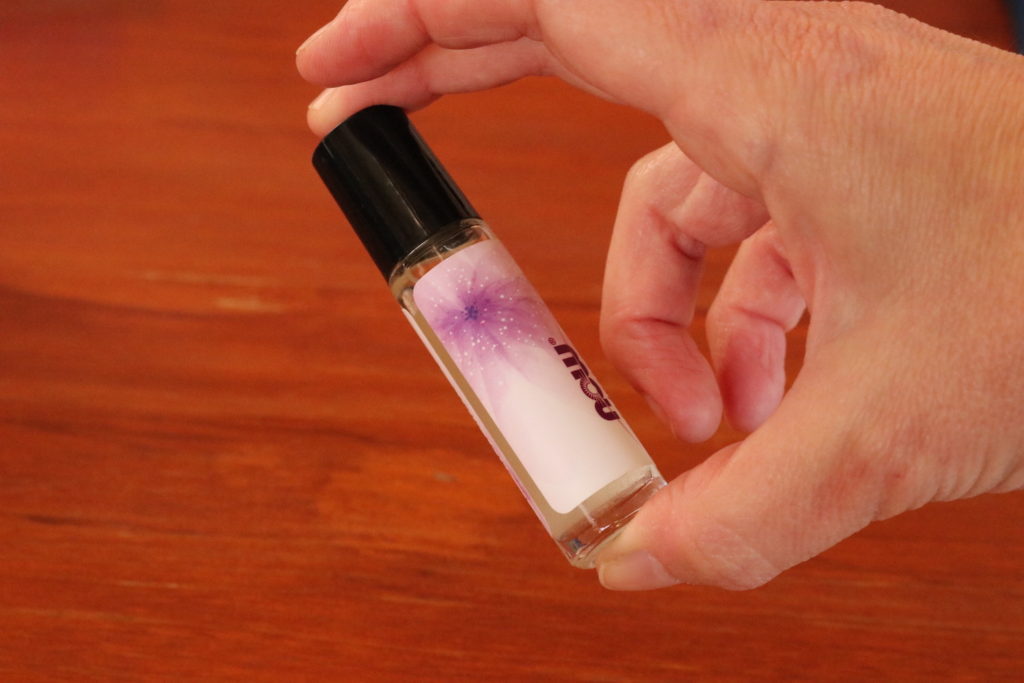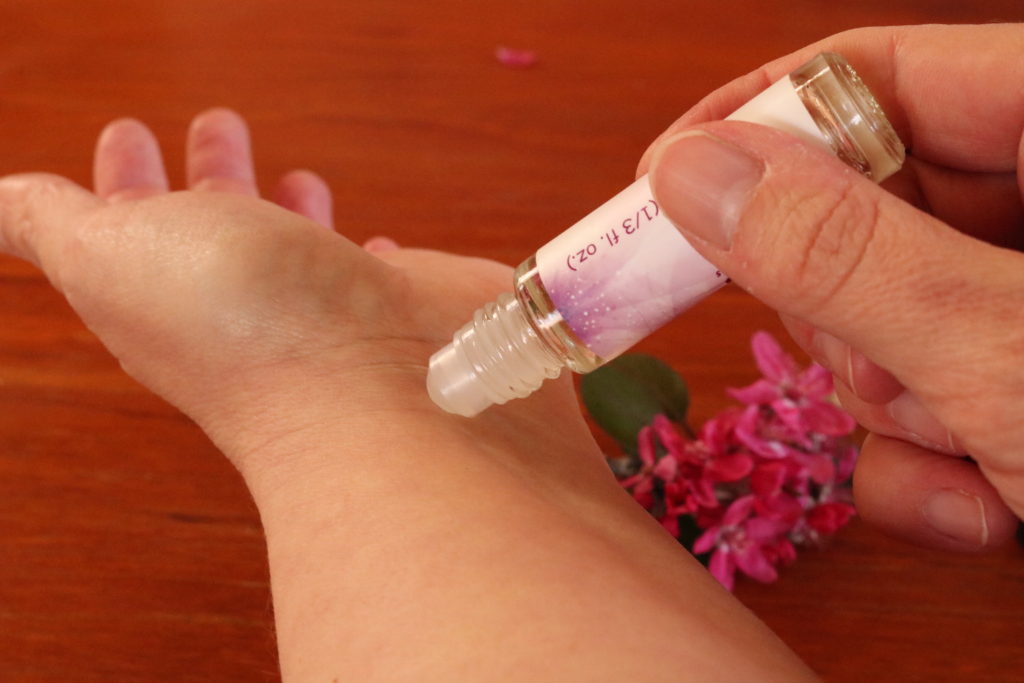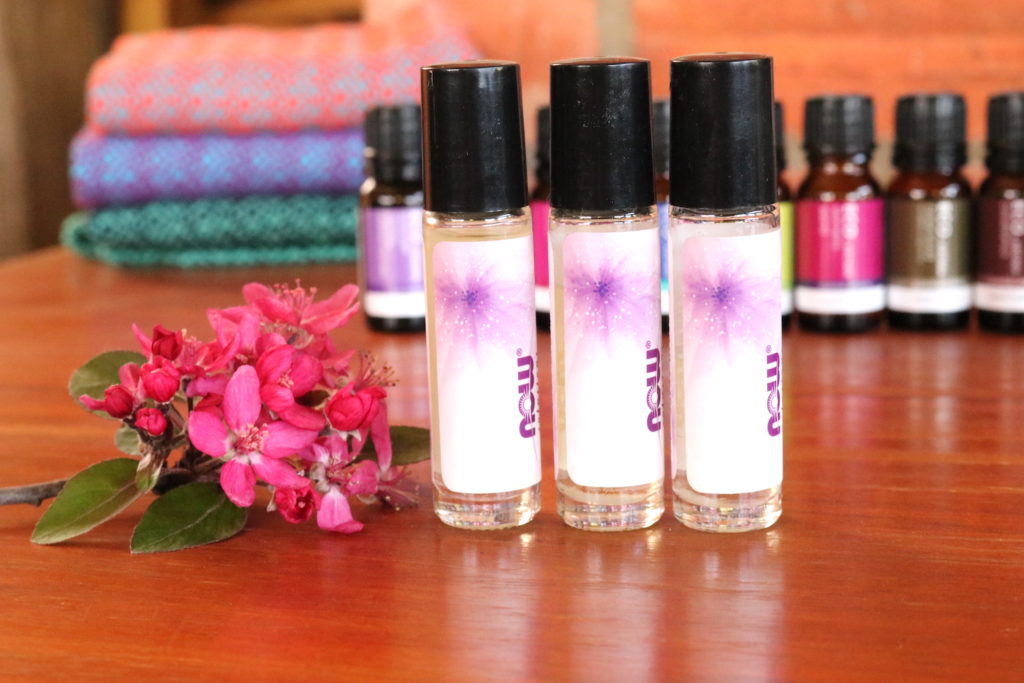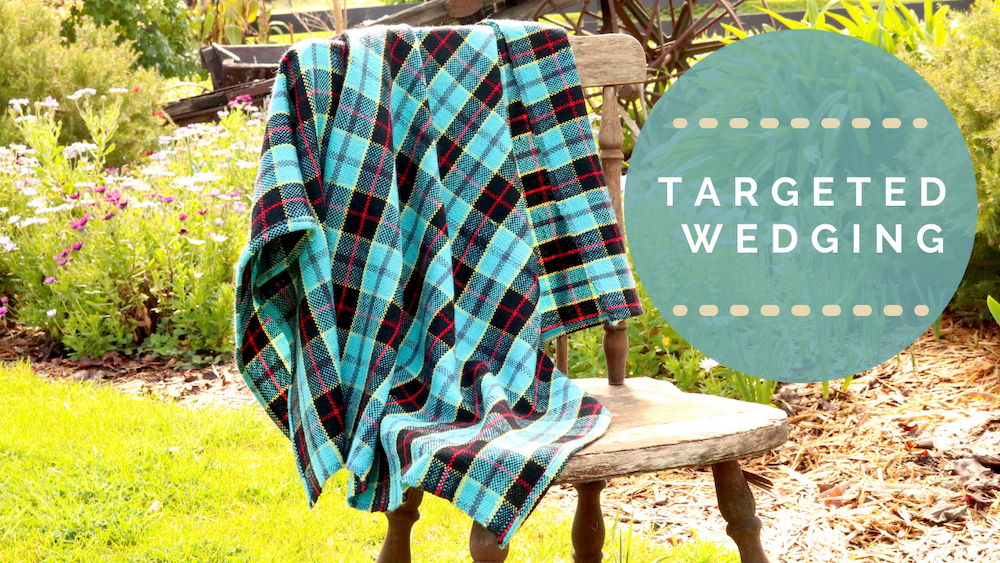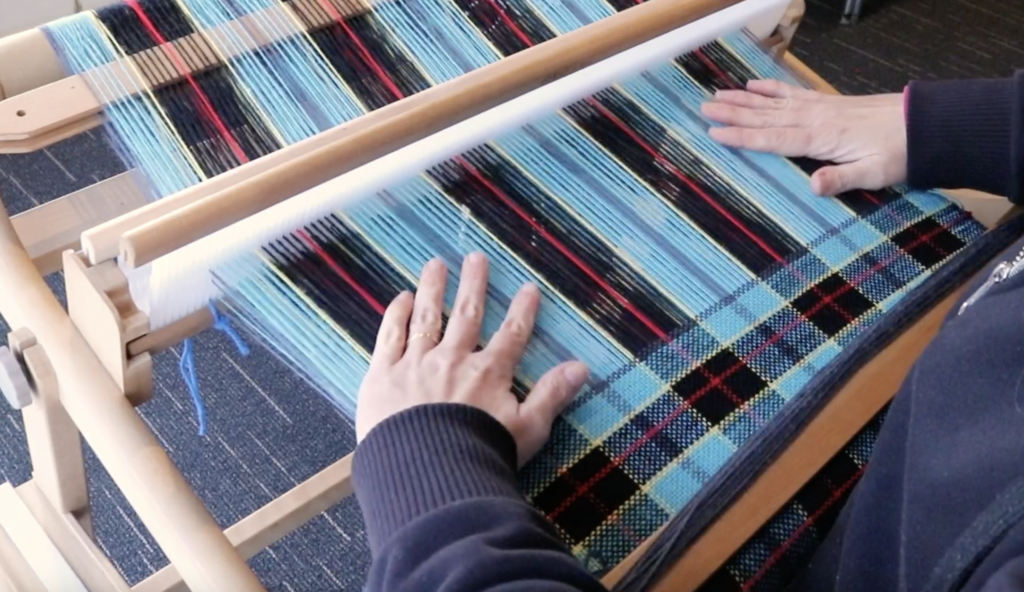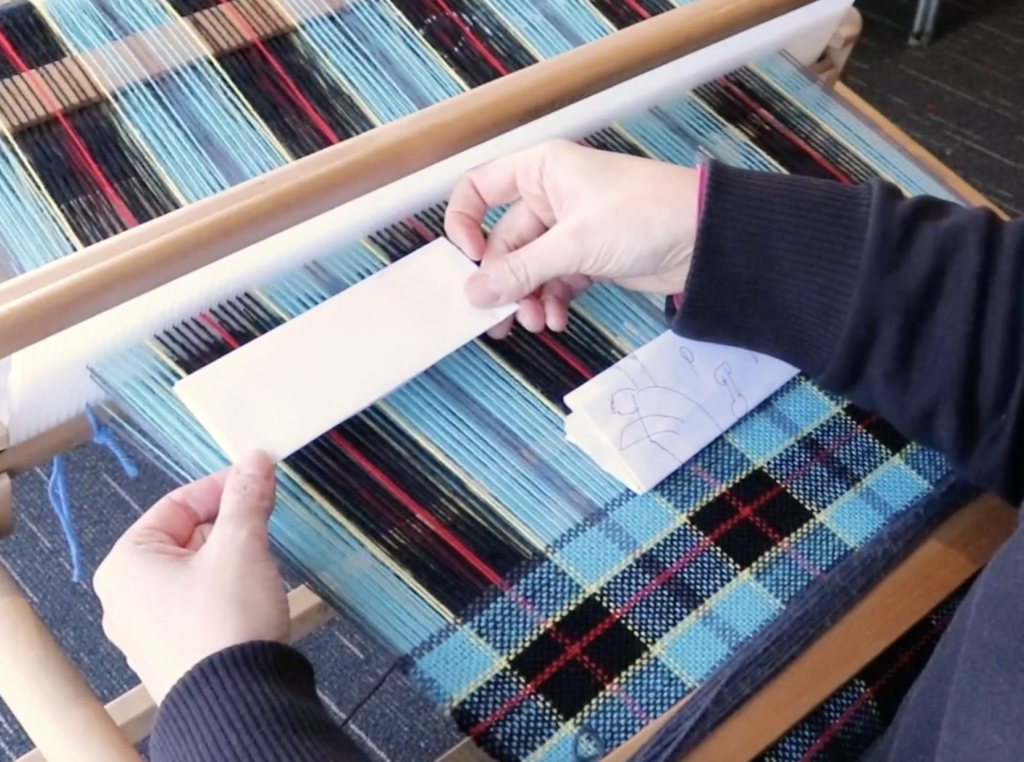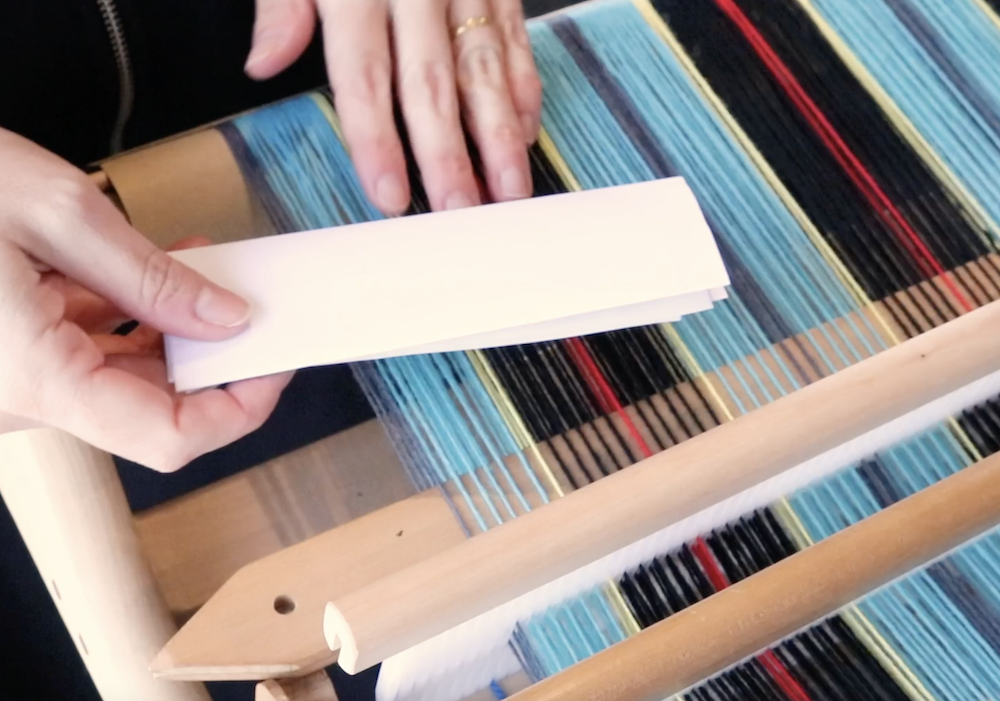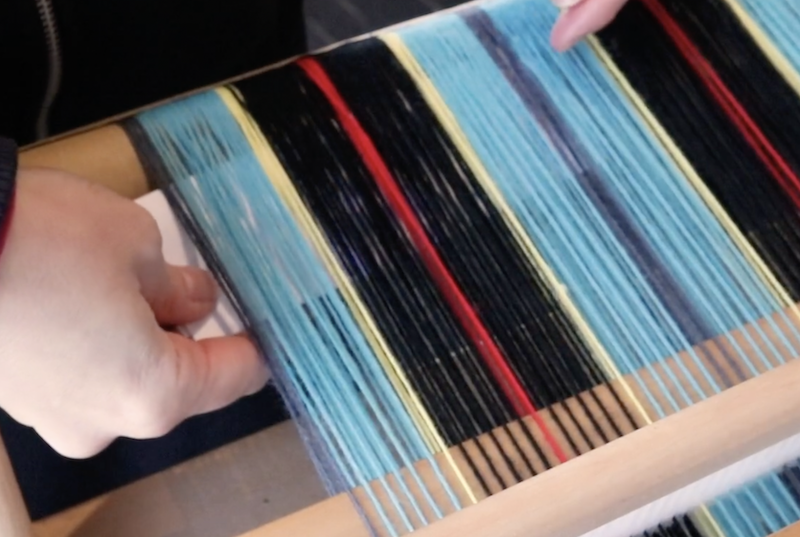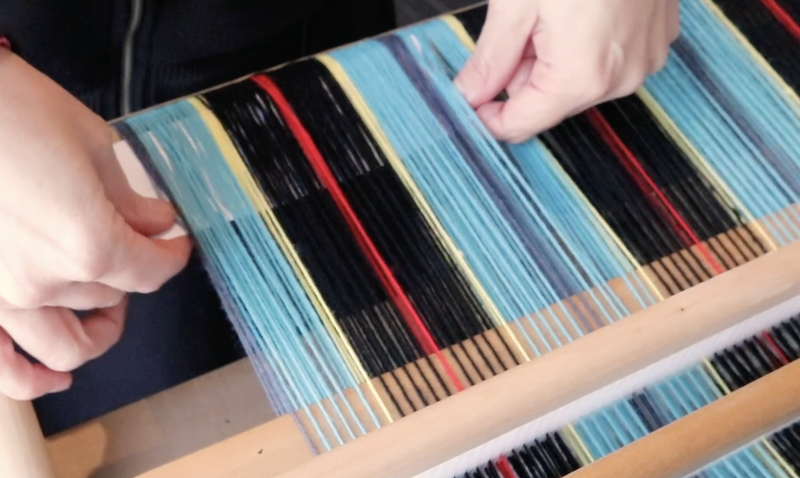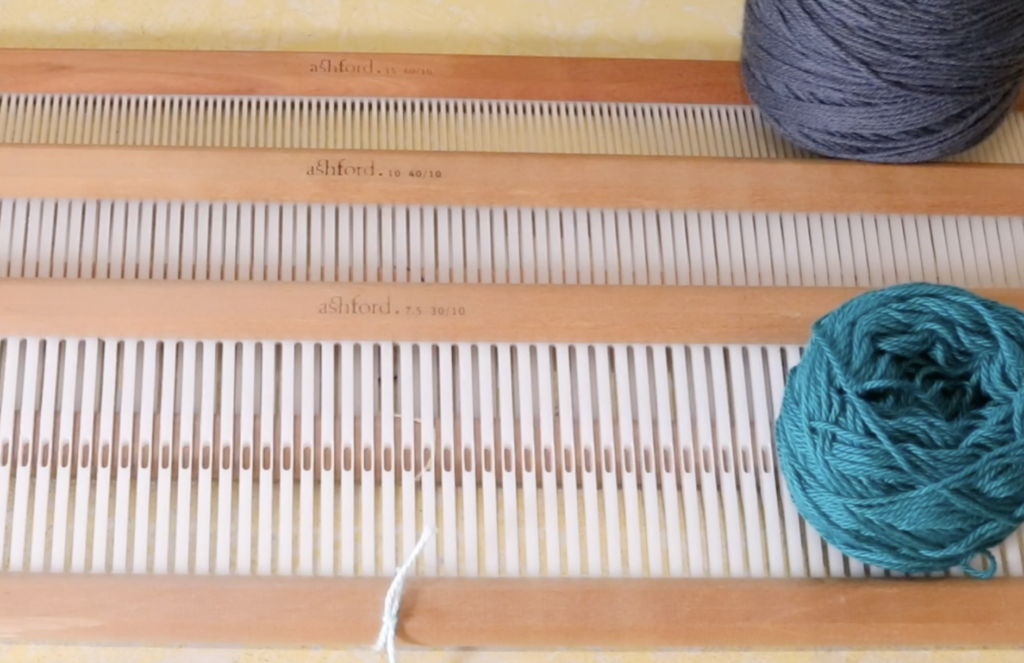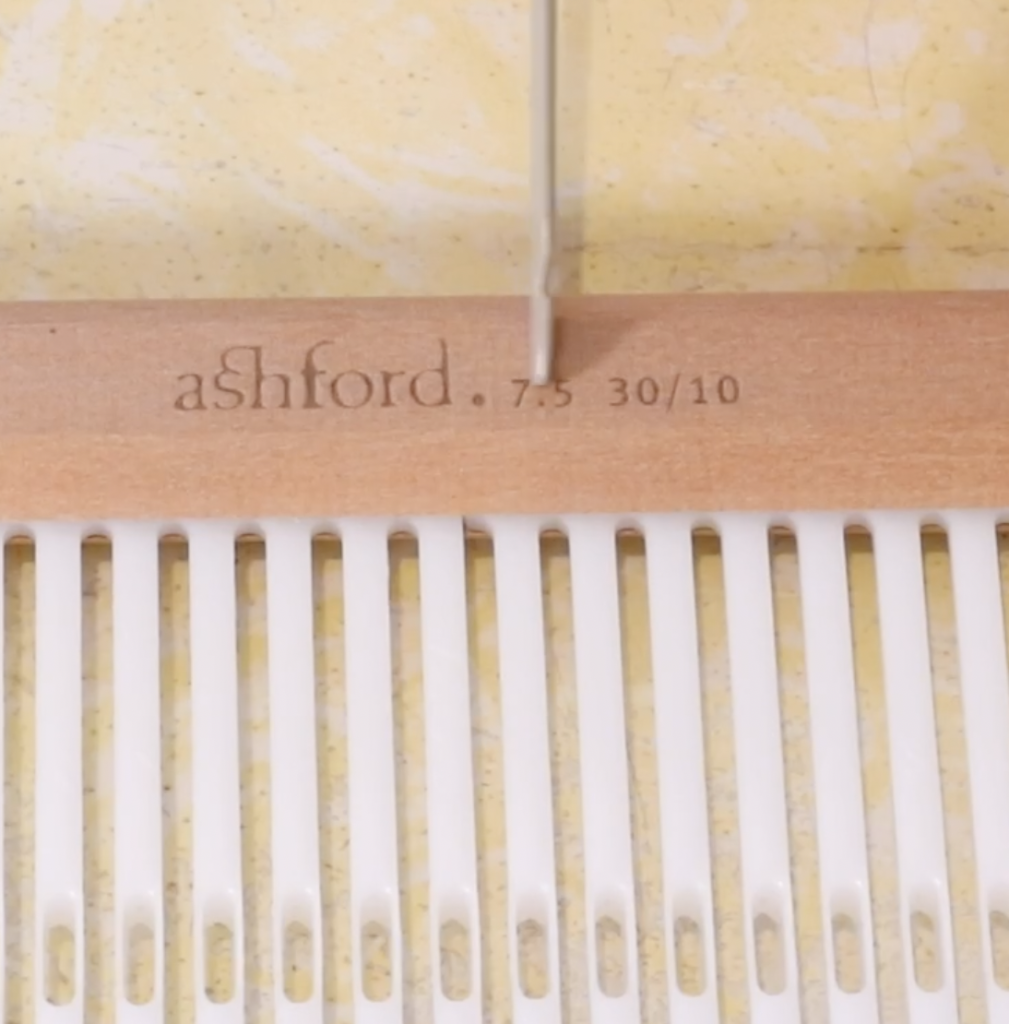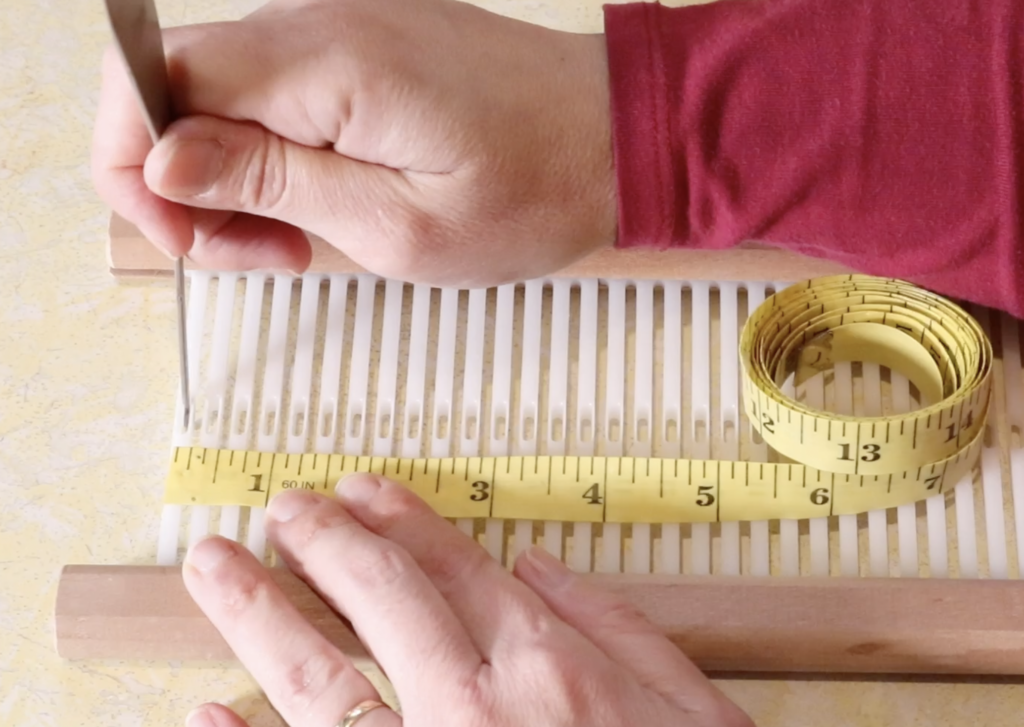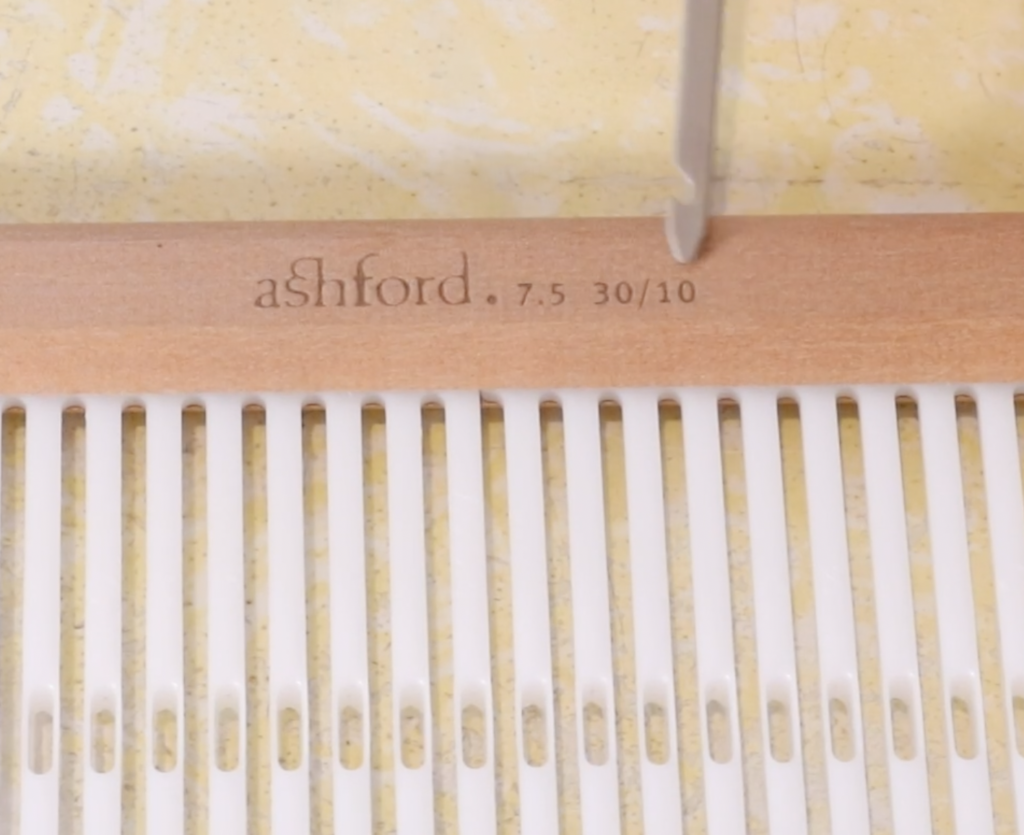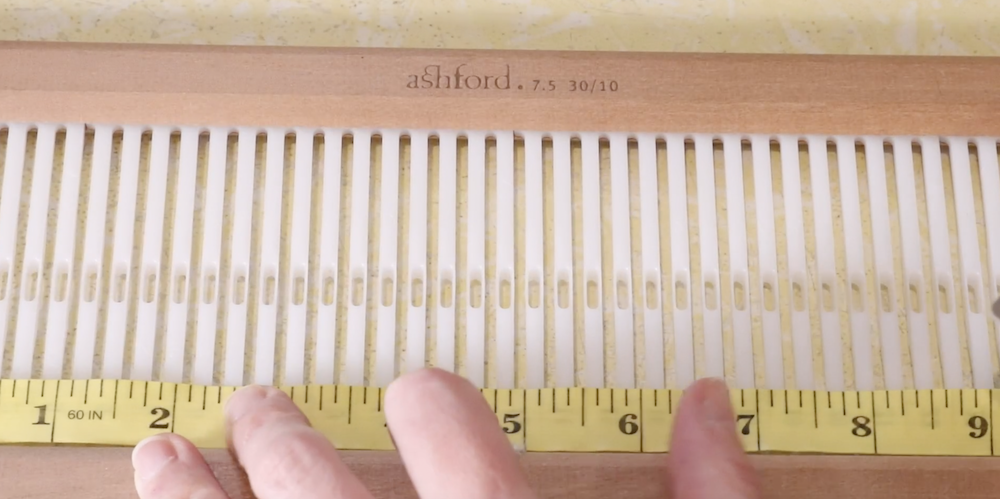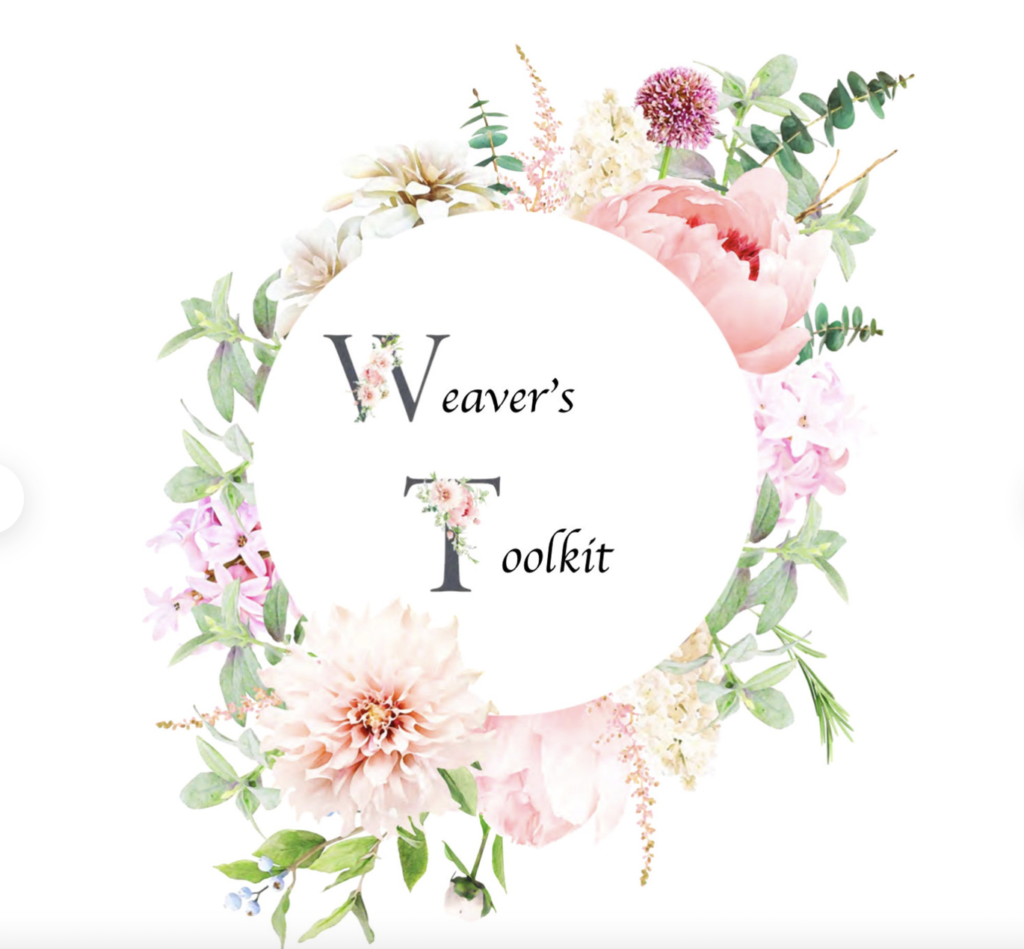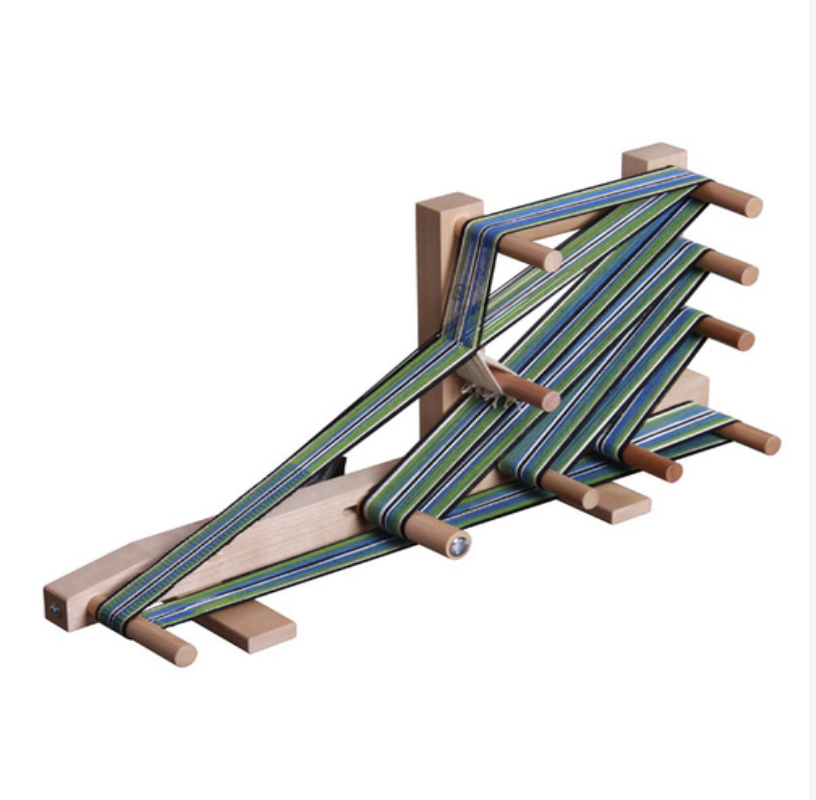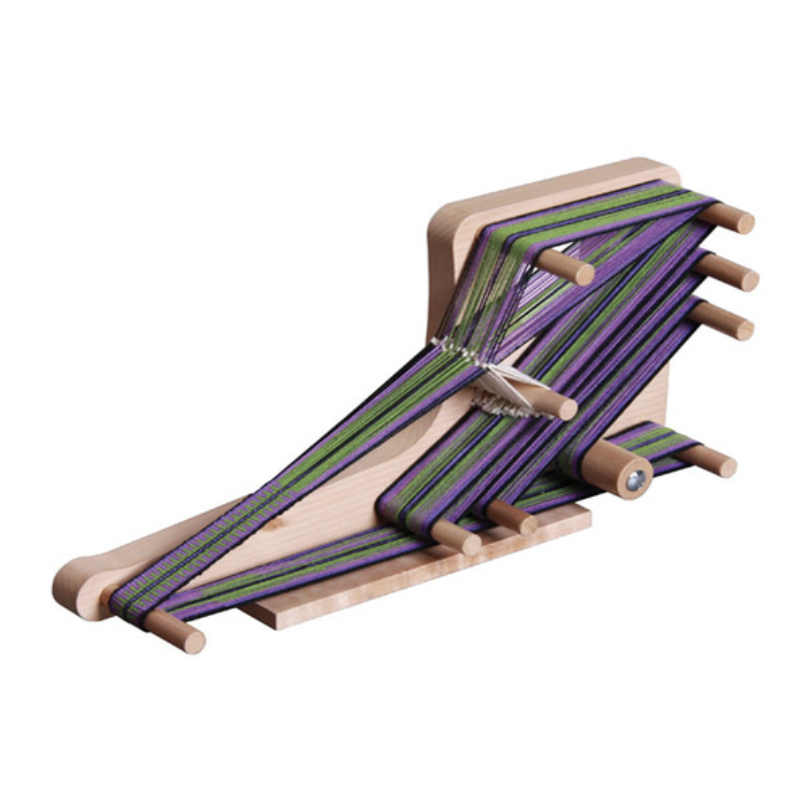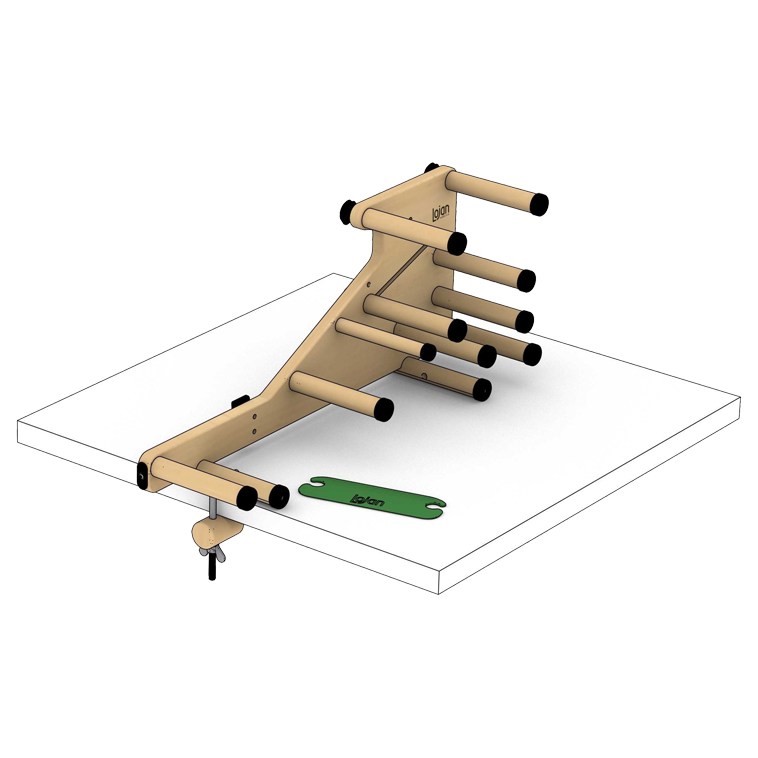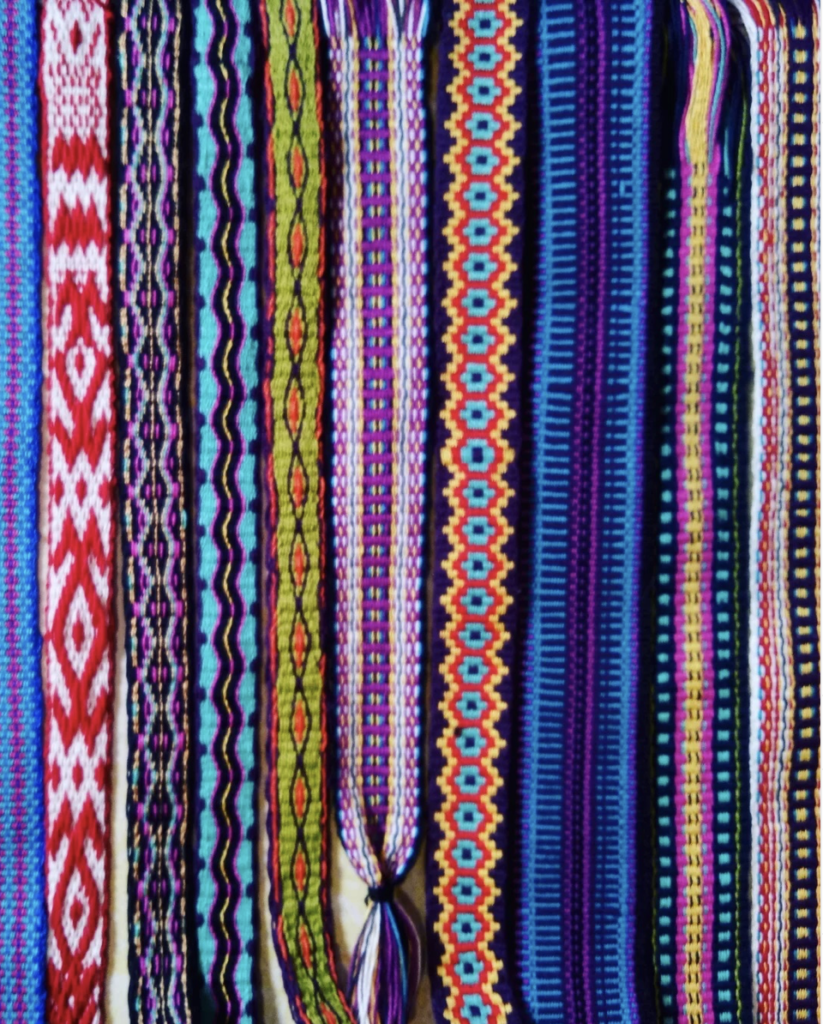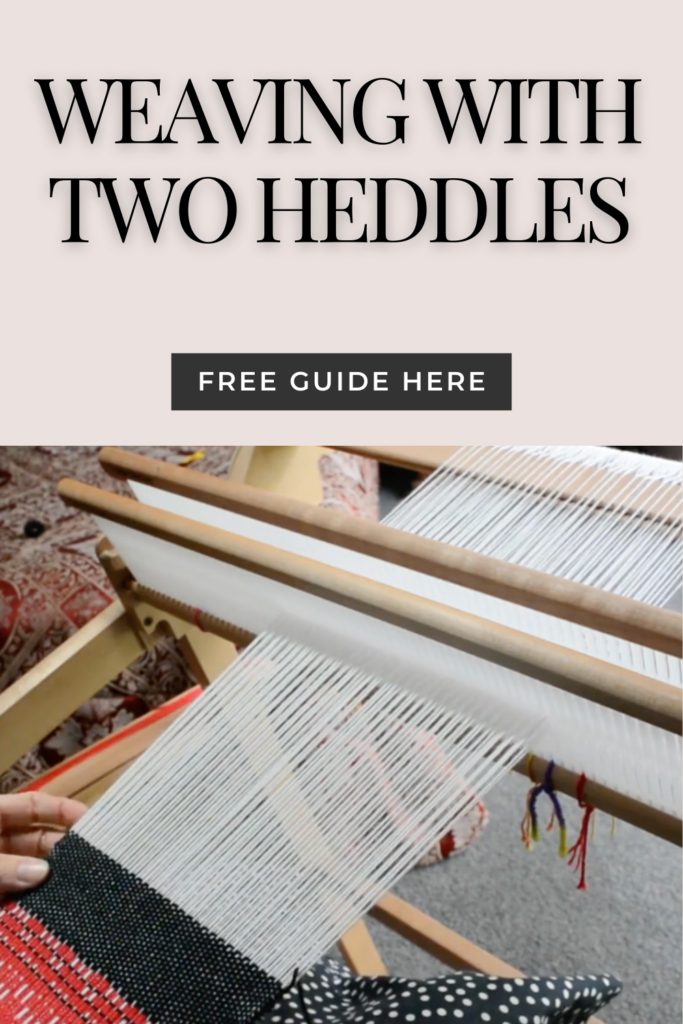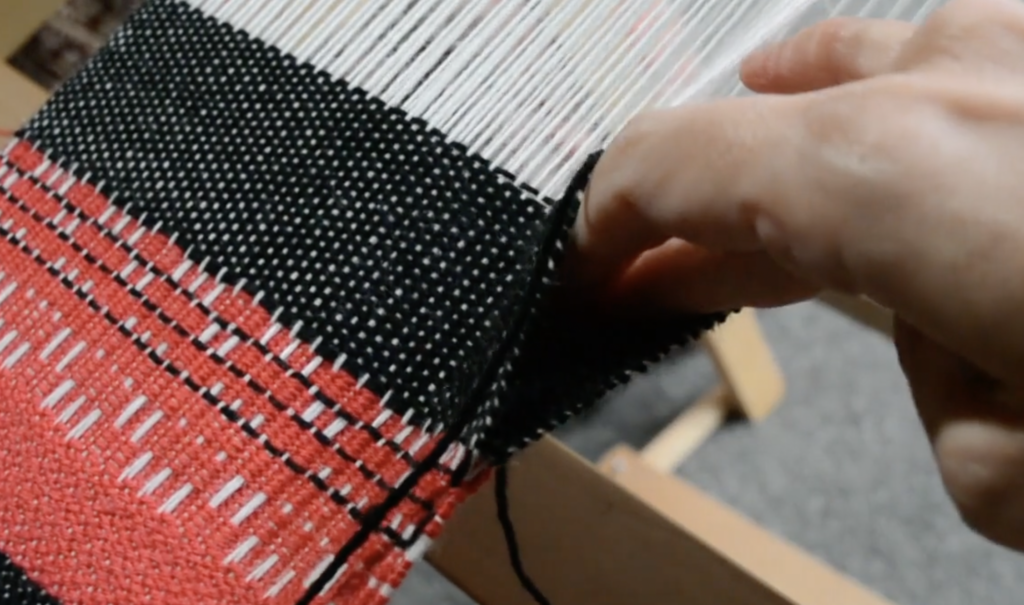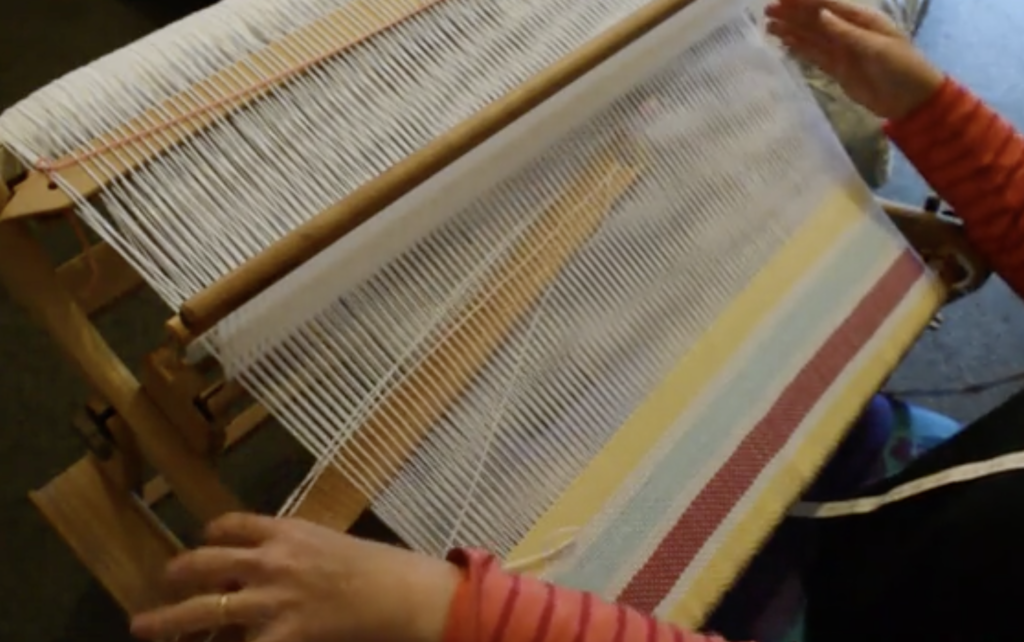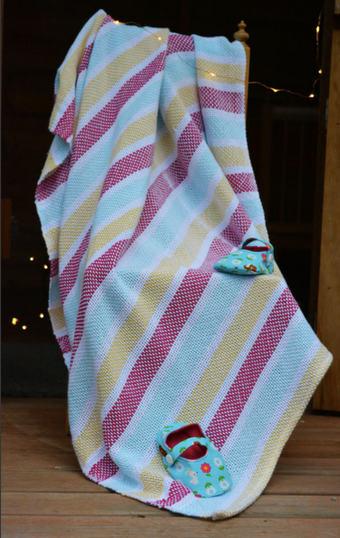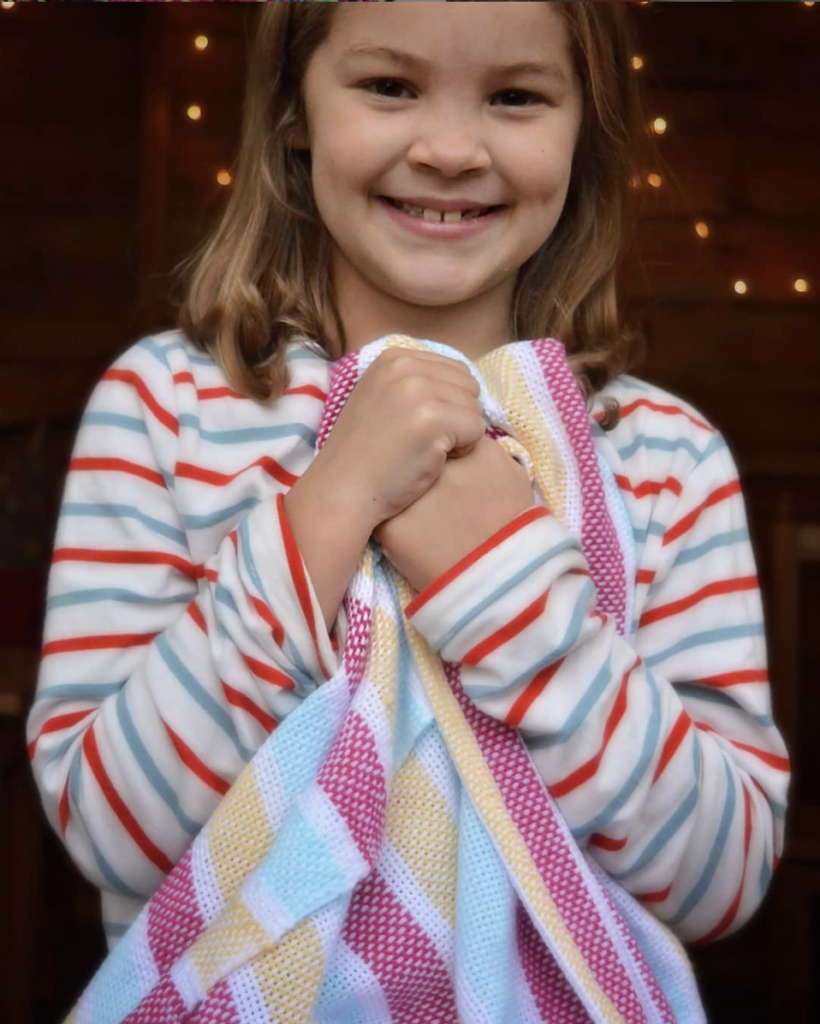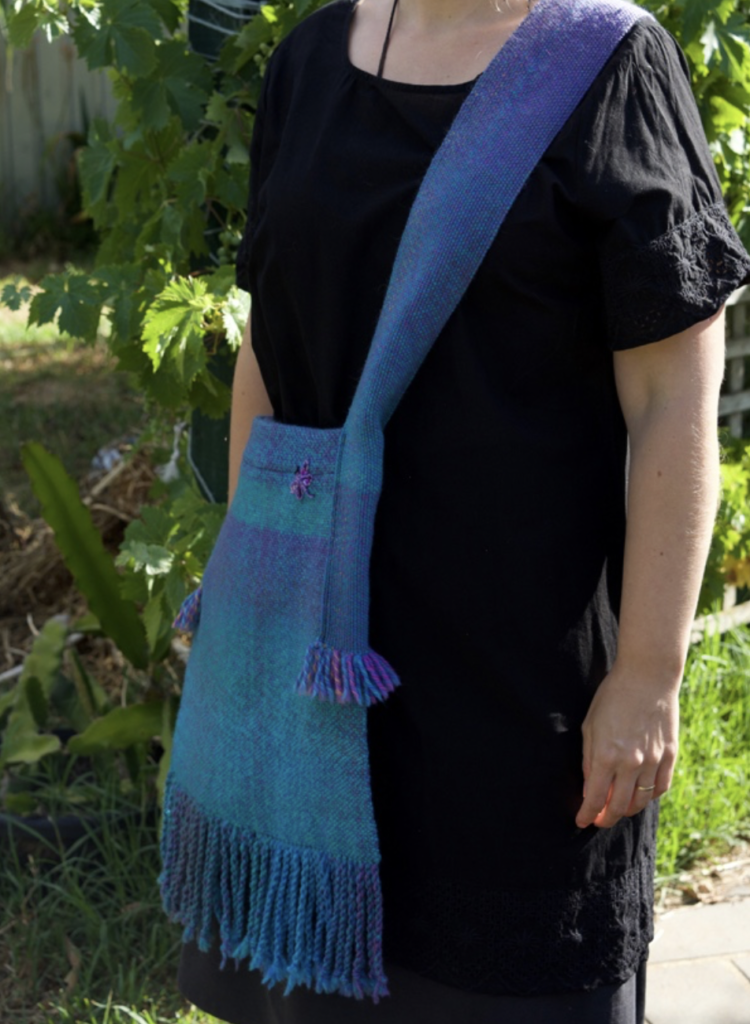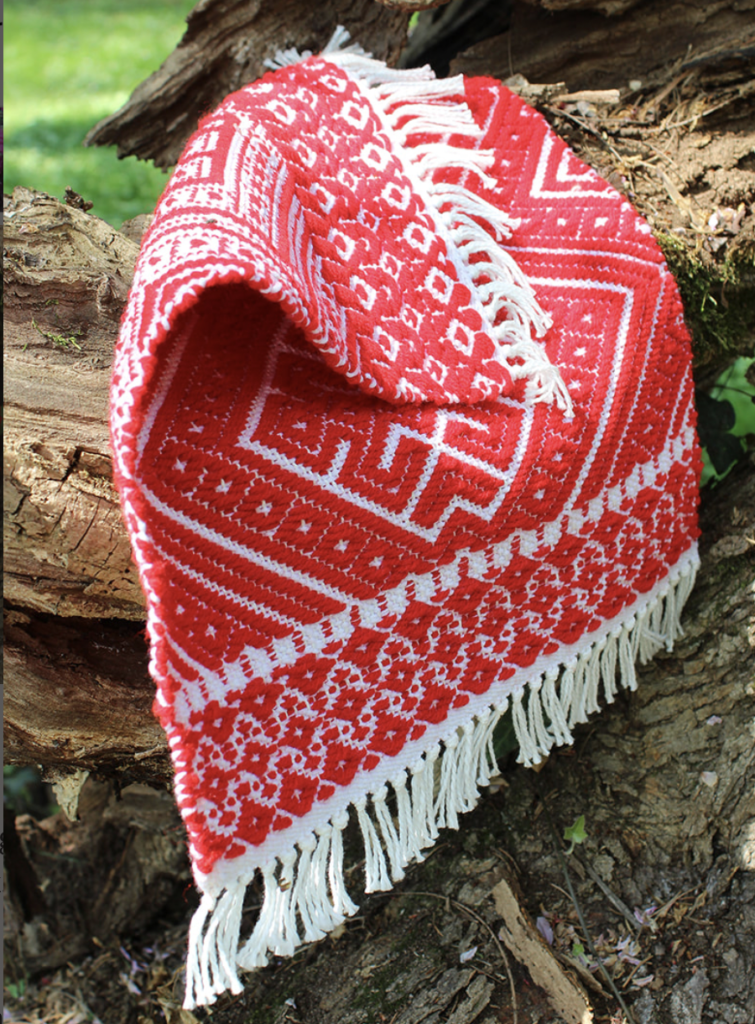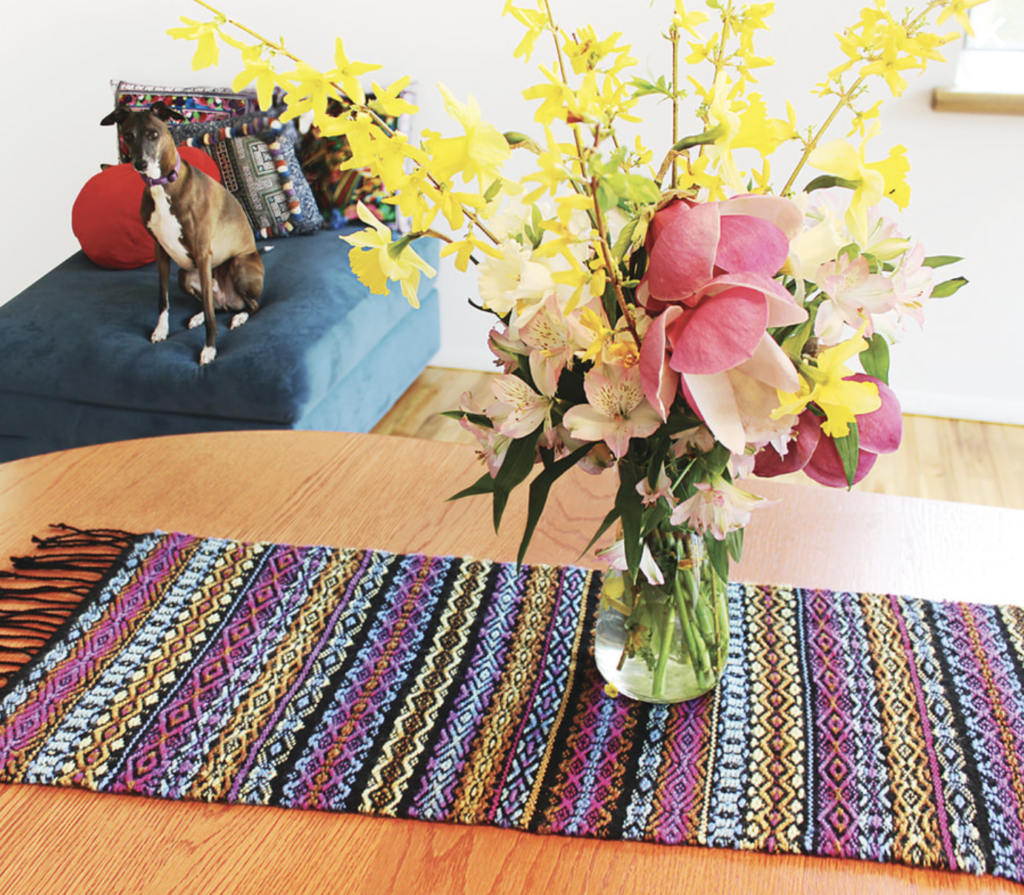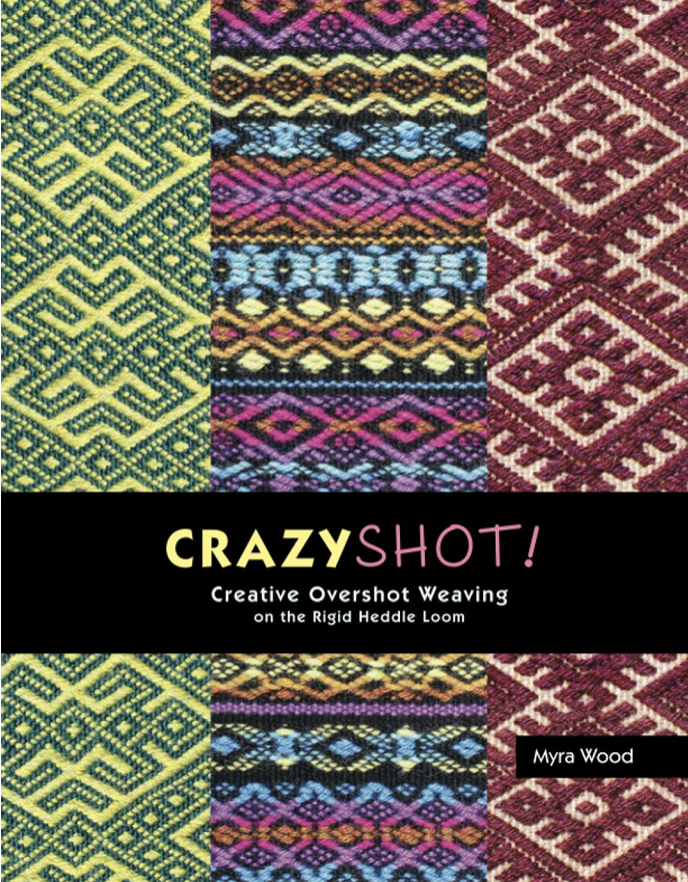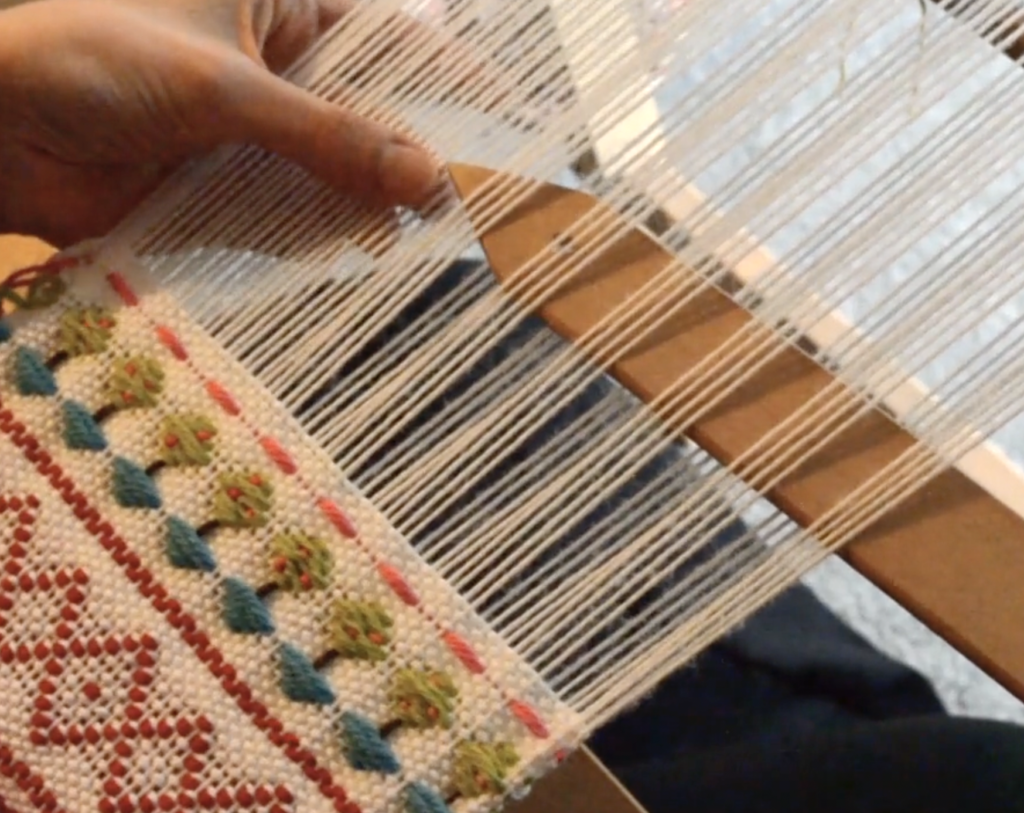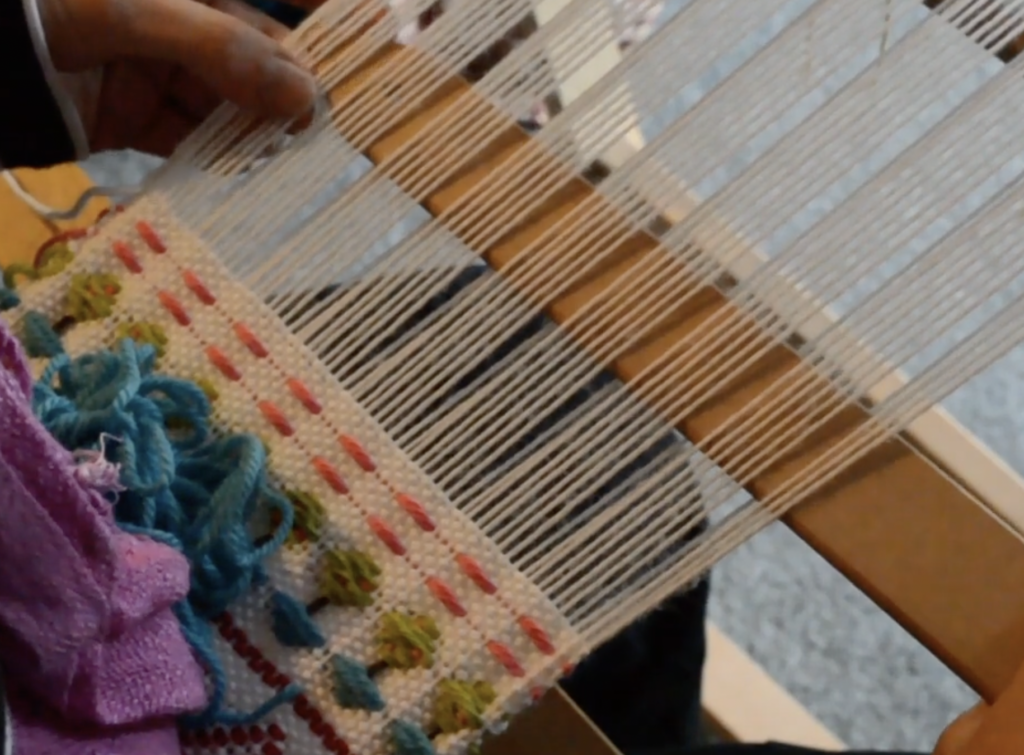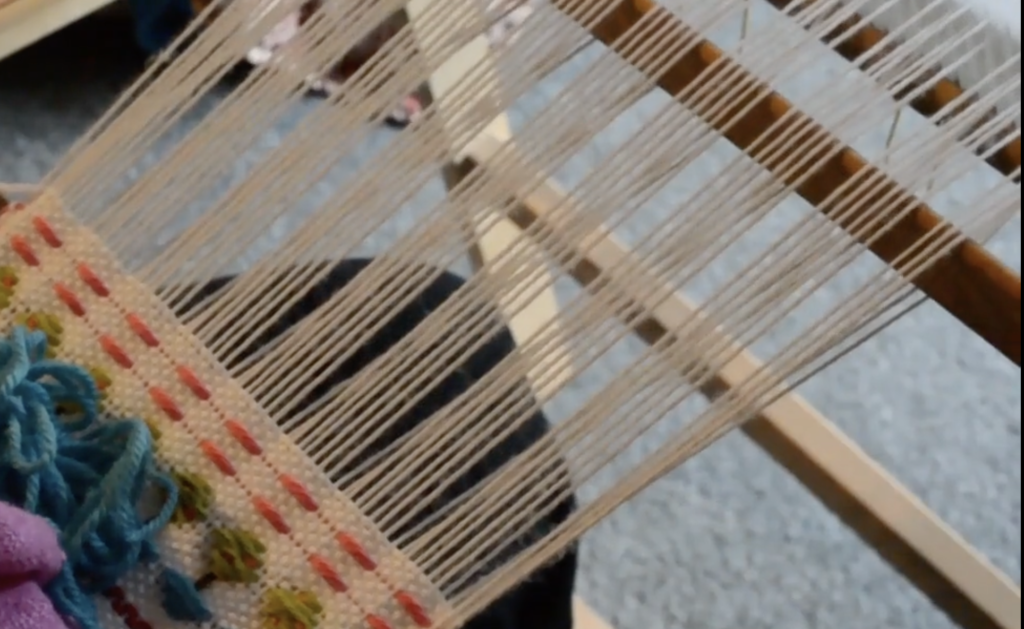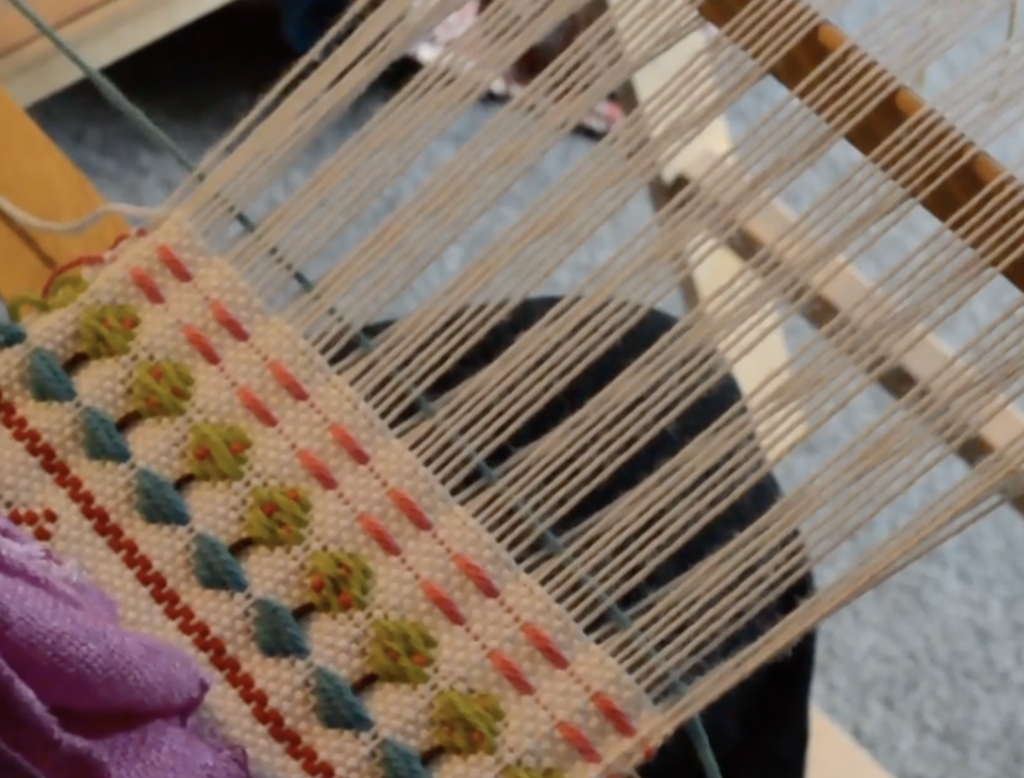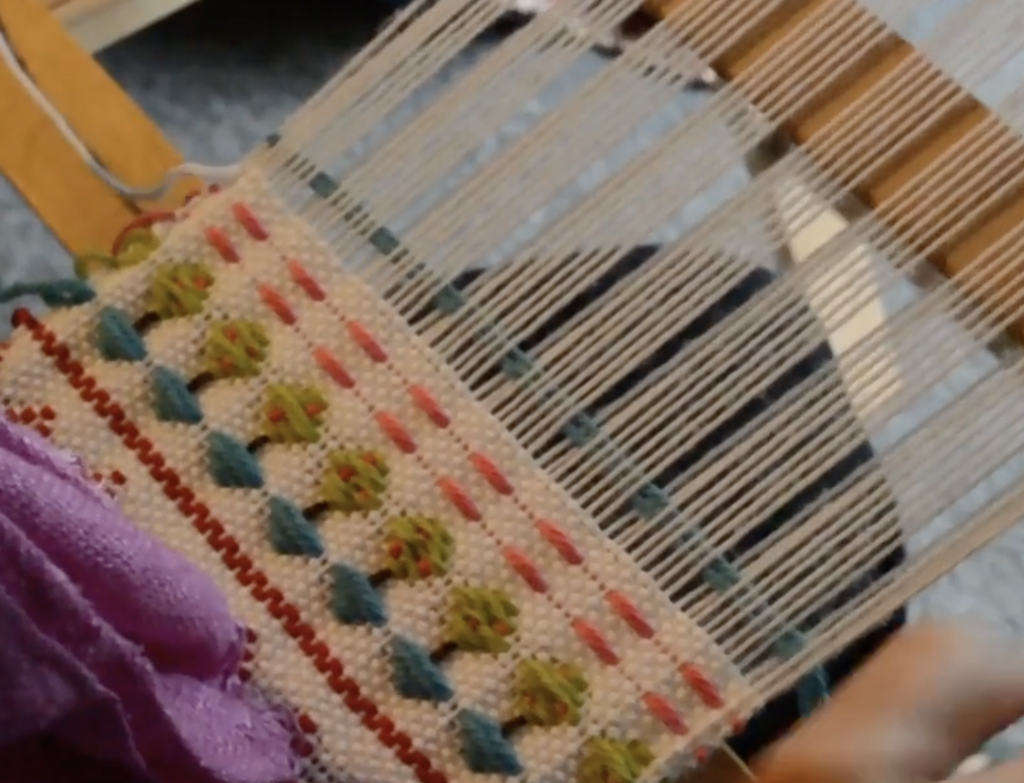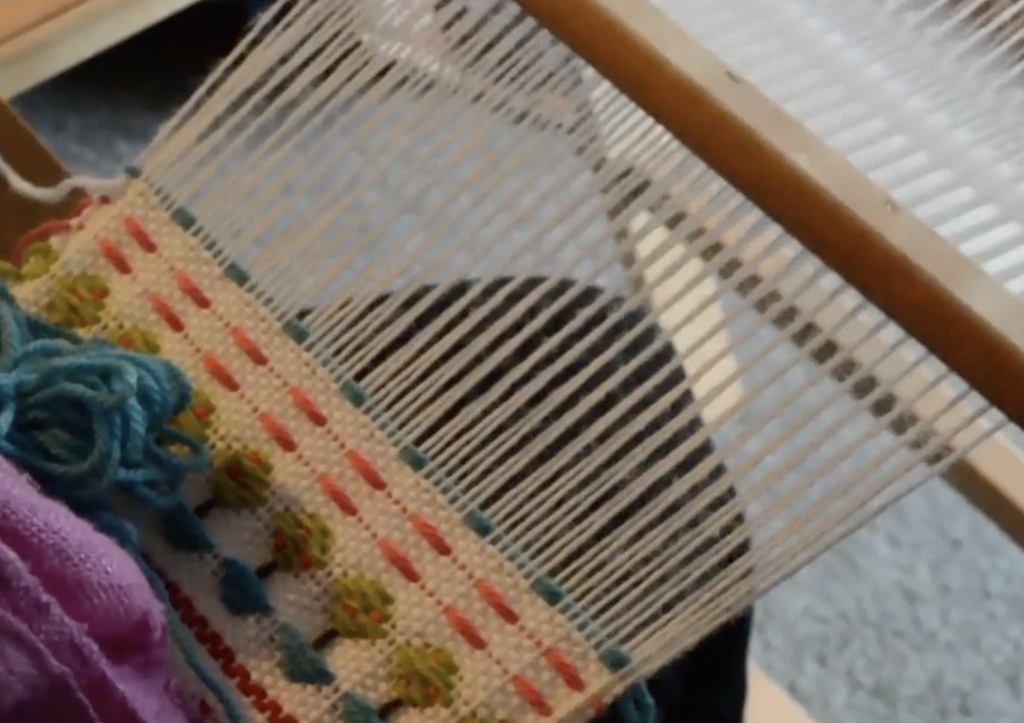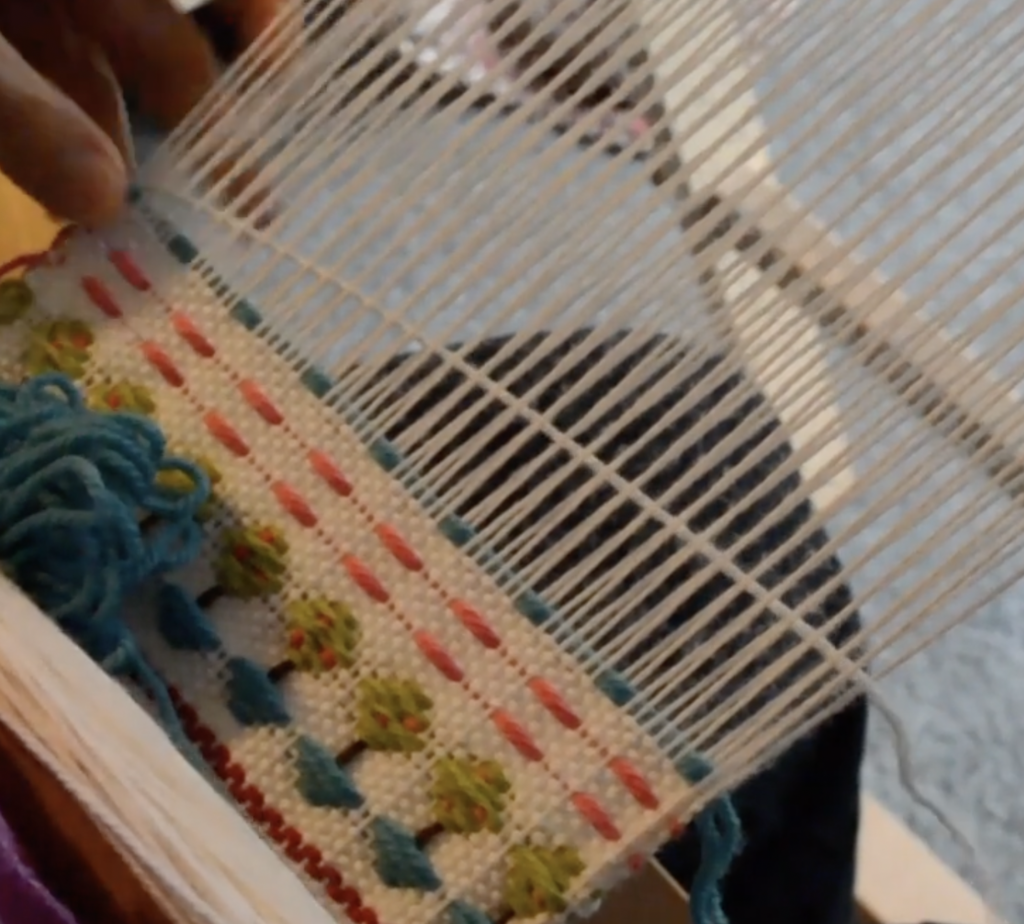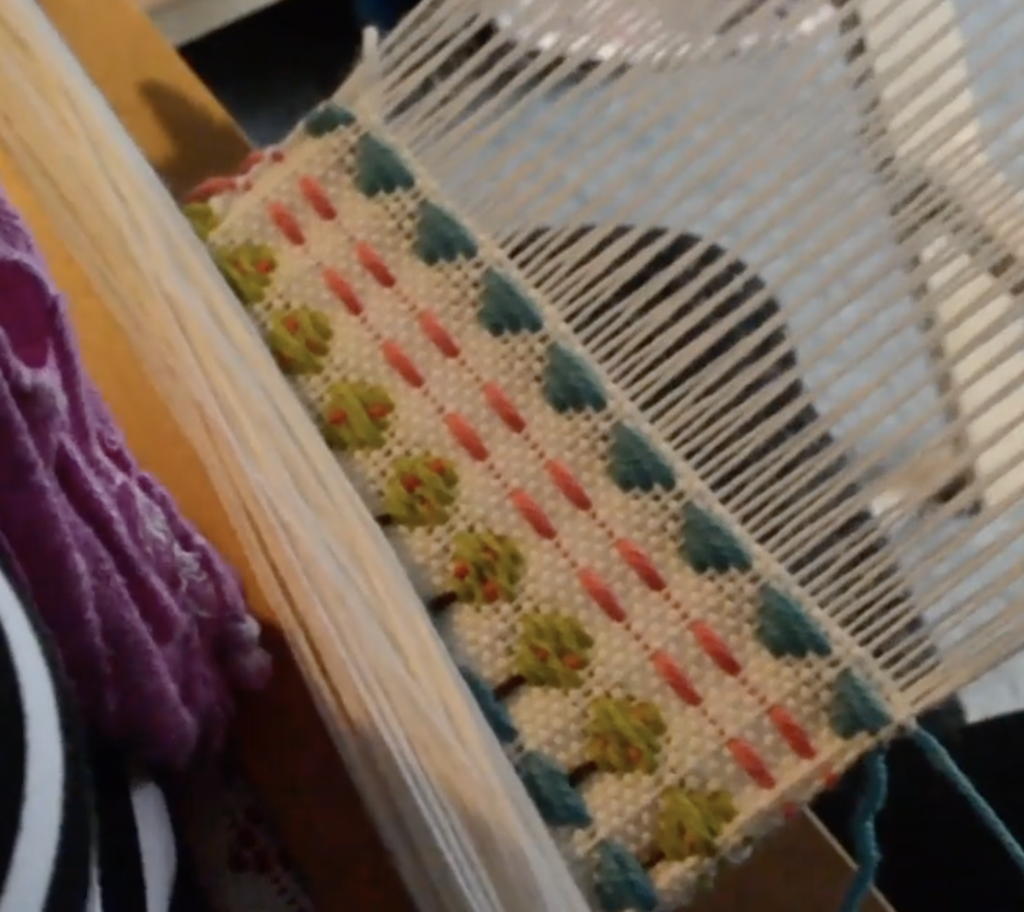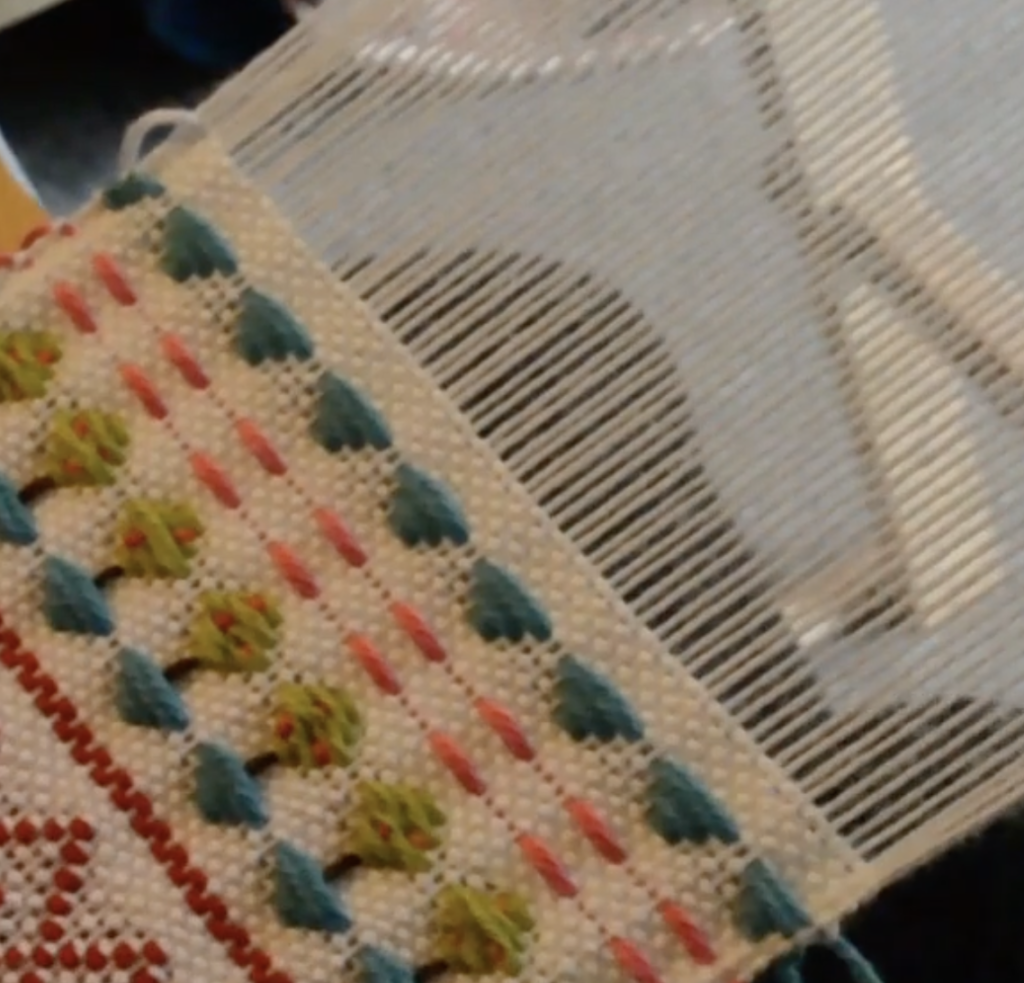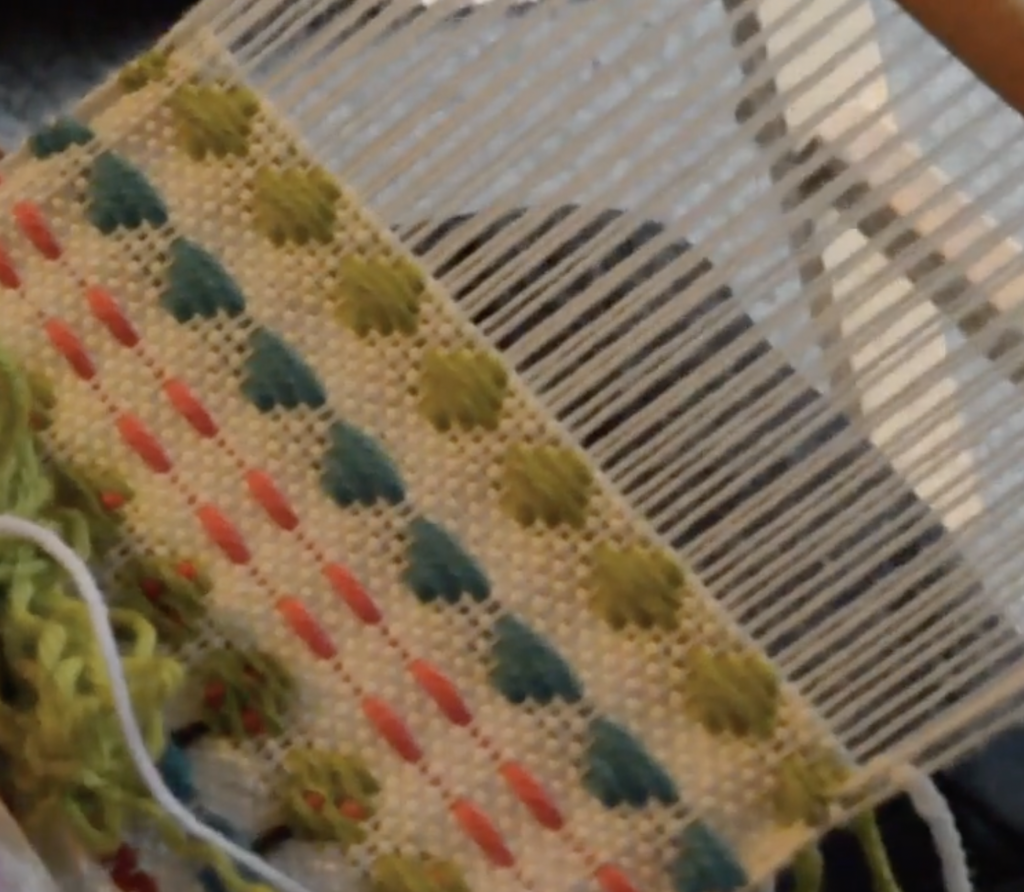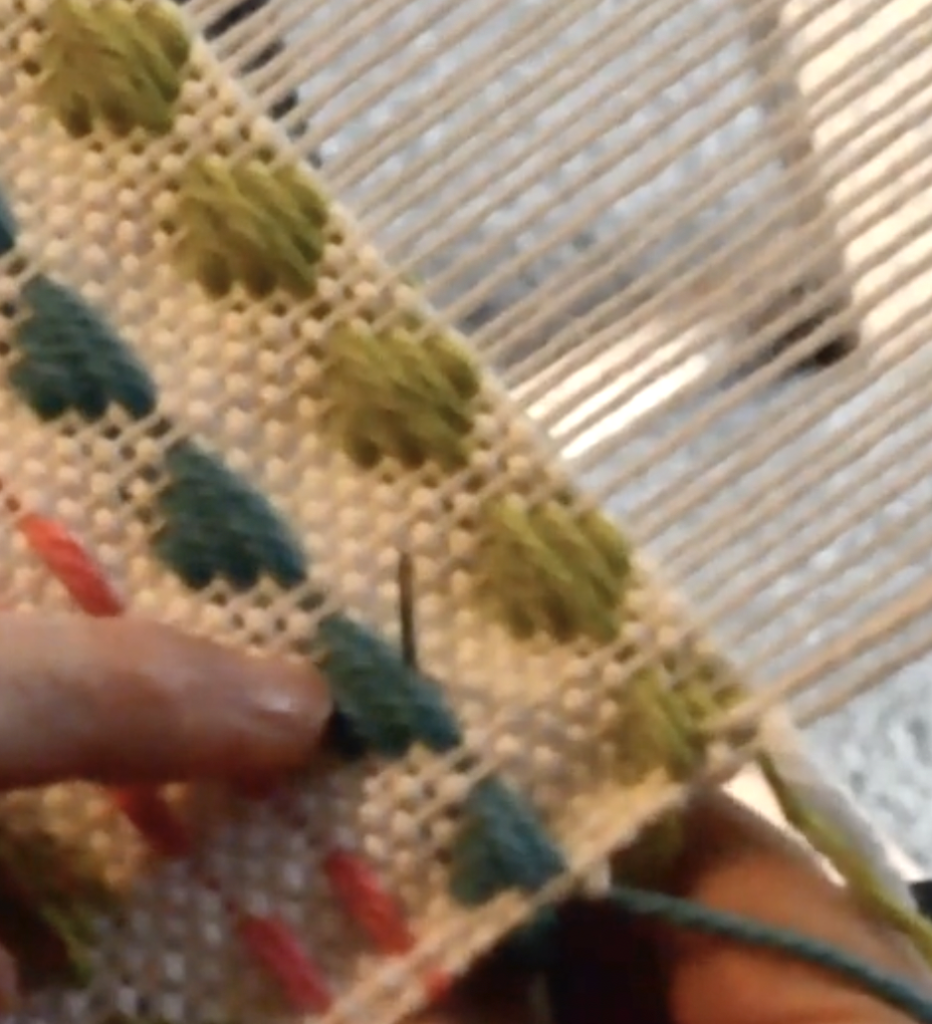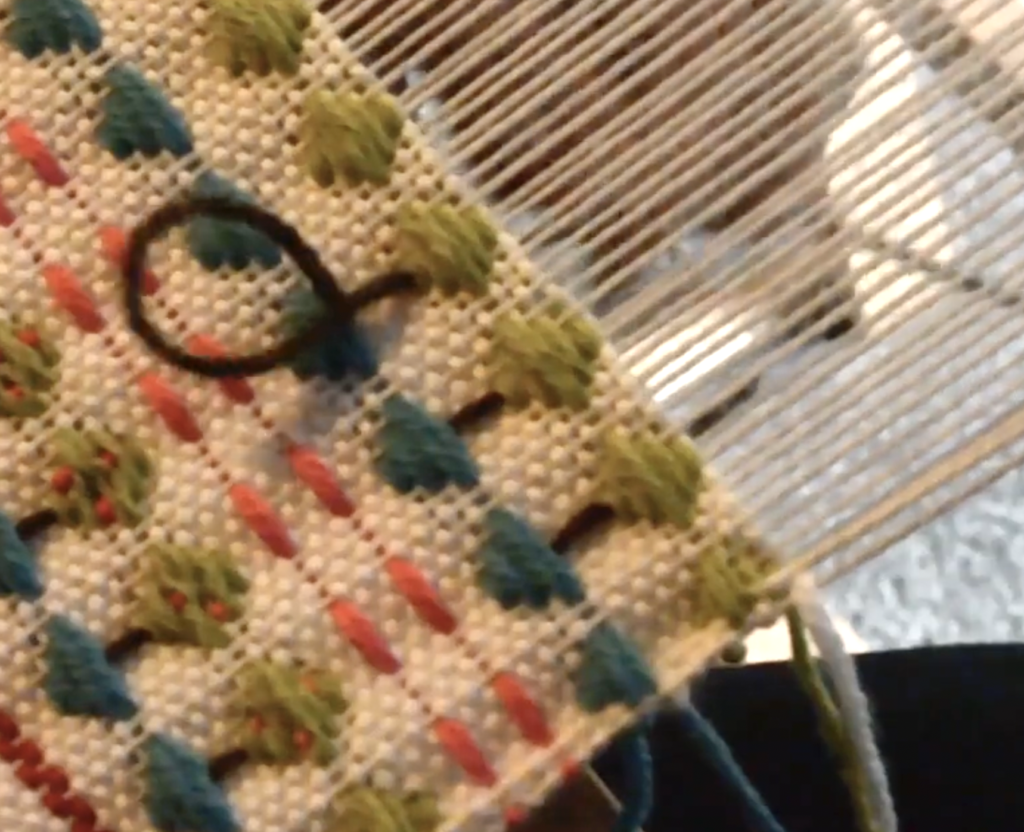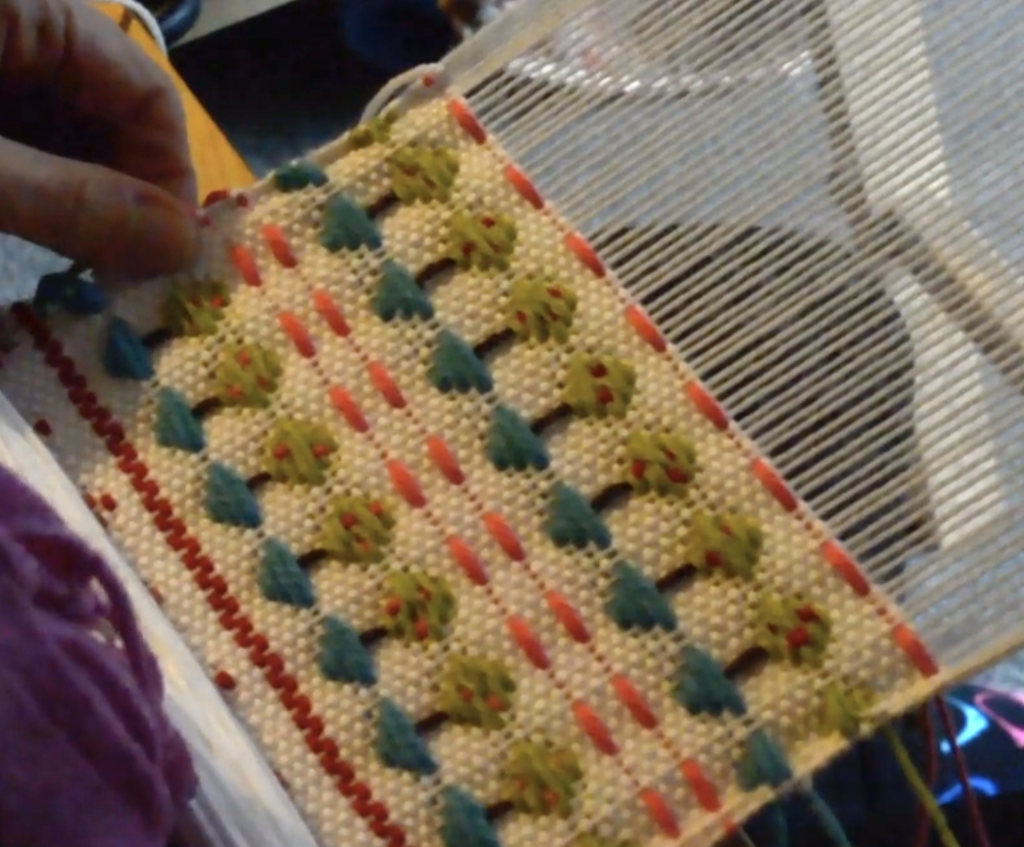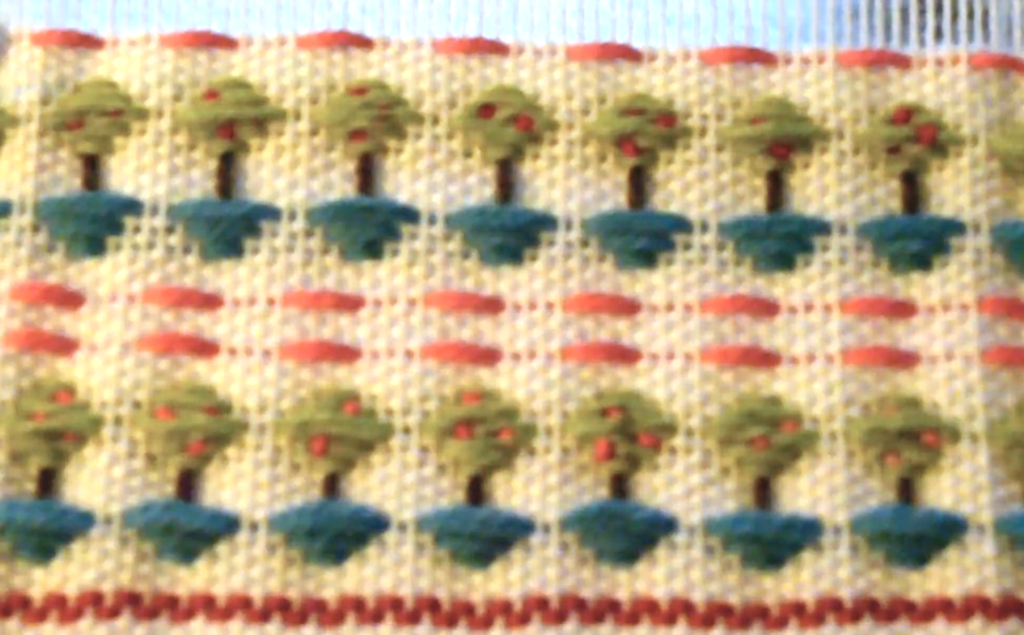There are numerous reasons why a weaver may decide it is the right time to begin selling their work. These are some of the most common reasons:
- An ambition to make a living doing what you love
- You have more woven items than you know what to do with (I think we can all relate to this one!)
- You would like some spare money to buy more yarn or weaving supplies
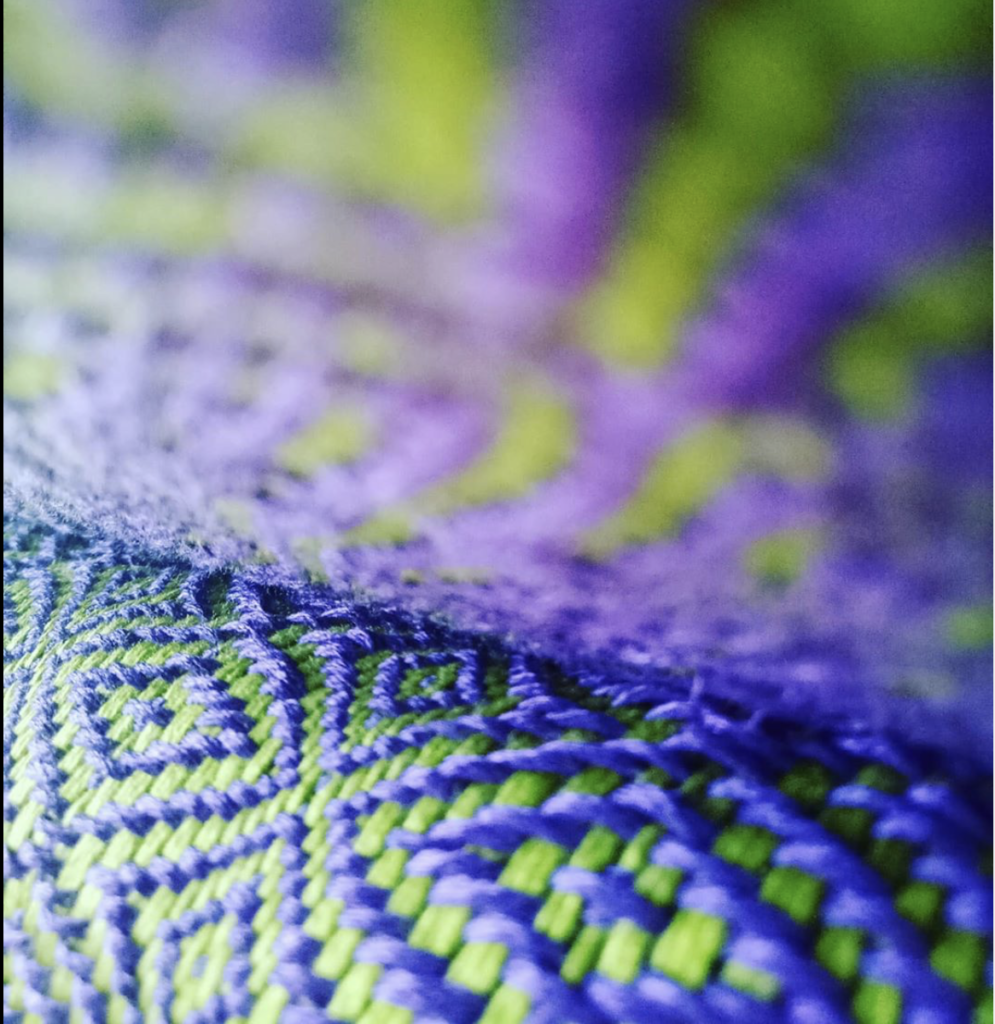
- Although there is a lot to learn when it comes to beginning to sell your work and it can feel intimidating, you can start out very small and learn as you go along. Don’t feel as though you need to know “all the things” before you start selling.
I’m going to talk about a few key points to think about when you start selling. It’s not an exhaustive list, but more of a guide to get you thinking in the right direction.
Key Points to begin selling:
The Why?
Have a serious think about your personal reasons for wanting to sell your hand wovens. This will help to determine the kind of approach you might want to take when starting up.
For example, if you are a hobby weaver and wish to make a little money on the side to fund your hobby, your approach will be quite different to a weaver who wants to work towards making a full time income from selling.
Deciding on what level of selling you want to get into will help to determine all of the next steps.
Space
Many weavers will begin by weaving items in their own homes and then selling them. Consider whether you have the right space and enough space to house your woven pieces ready to sell. Do you have a good work flow, or is your space a total mess? Do you need to rejig your space to make it more viable, or find a different space within your home that is more conducive to weaving for a business?
The weaver who is more serious about selling may have to consider other avenues for making a space just for weaving. When I was selling physical handmade items, I did have a space within our home, but it was a shared family space. This became increasingly difficult over time, as my tools and items made their way into other parts of the home, and other items of the home made their way into my space. It was a great way to start out, but not all that viable over time.
If you don’t have a dedicated space for your weaving, you may also find the constant set up and storing away of tools and materials difficult.
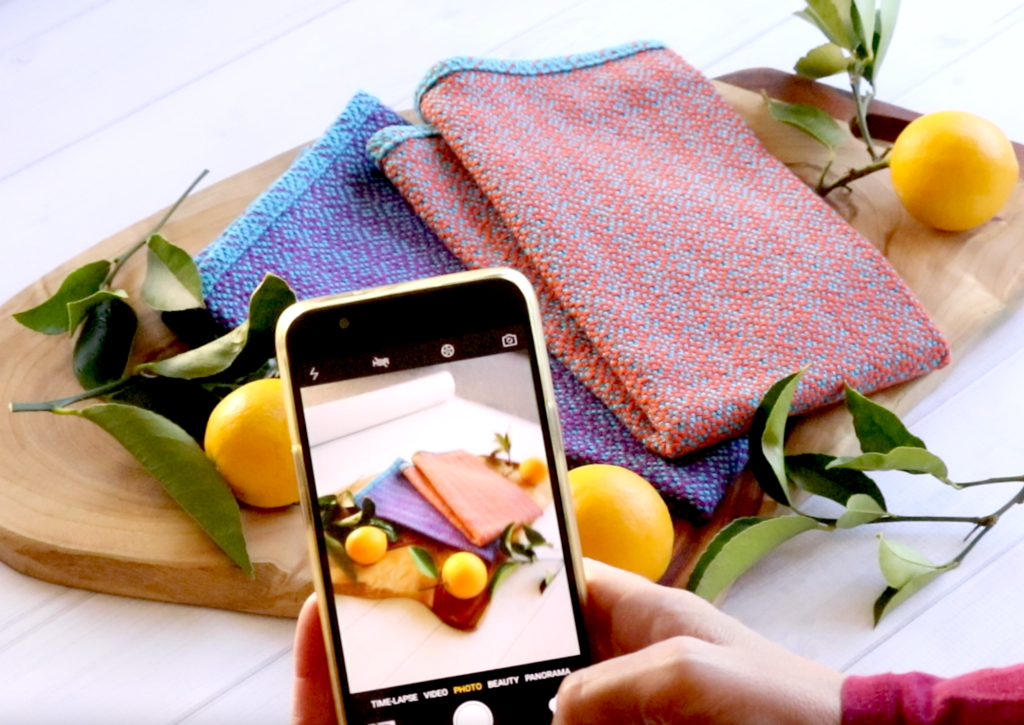
Time
Are you in a position to devote the time to selling? Being realistic about the time you need to put into selling is important. It’s not just the weaving of items to sell, but possible liasing with customers, wrapping and packing, set up and pack up for markets, business recording requirements.
Sustainability
Is a weaving business going to be a positive thing for you? Are you prepared for the bookkeeping, packing and shipping, photography, travel and all the possible necessities revolving around being a business owner? I don’t detail any of these points in order to put you off, but I think it’s fair to say that many people have no idea what goes into a business behind the scenes – this has certainly been an eye opener for me over the years!
As I pointed out earlier, all of these things can be learned, but some weavers, after consideration, may well decide that they would be more content keeping their weaving as a hobby.
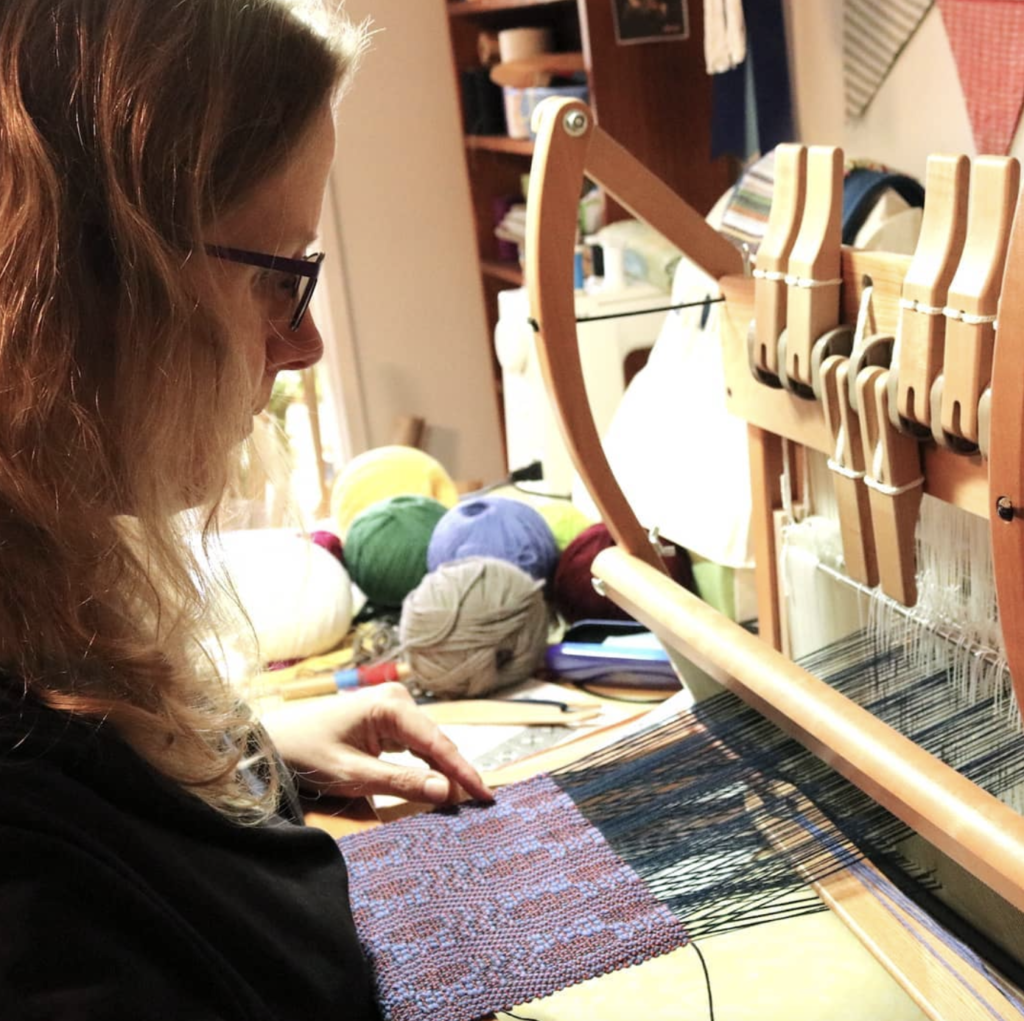
Will it pay?
This is very relevant to sustainability, but also deserves it’s own section because it’s a major consideration when selling your work.
I have experienced first hand how difficult it can to have to let go of a business idea because it is not financially viable. Many years ago, when my children were small, I handcrafted Waldorf style dolls for sale. I started out making dolls for my children, but really loved the creative process and so began selling them also.
These dolls were a really big time investment, you can’t hurry the process of first making the doll, embroidering the face, sewing on (and sometimes knitting the wig first to sew on!) the hair, then completing further details like sewing a full outfit. I chose to use beautiful, natural materials like the best quality cotton tricot for the skin, mohair for the wigs, gorgeously carded wool for the stuffing and European fabrics for the clothes.
It was after a my first negative experience with a customer who felt the customer doll I made for her did not look enough like her daughter (!!!) that I started to ponder how much time I was spending making a doll and what I was actually getting paid for all that work.
I used a calculation formula and was absolutely dumbfounded with results. I was making negative $1AUD per hour! That is correct, it was actually costing me $1 per hour to run that business.
I was a little bit heartbroken, but I stopped offering my dolls for sale.
The point is, I never did my research in the first place to determine if it was a viable business venture, and so I learned the hard way.
Here is a basic formula to get you started:
Supplies cost + labour (your time) + 10% (other costs eg. fees, packaging, insurance)
Here is a practical example for how you might use this formula for a weaving business (these calculations make the assumption that you already have a loom and all the tools you need to actually weave the project, and also that the customer is paying for shipping, if applicable –
The item – A bamboo scarf
Materials cost –
- Warp – 2 cones Bambu 7 @ $18AUD each = $36
- Weft – 1.5 cones Bambu 7 @ $18AUD each = $27
Total materials cost = $63 AUD
Labour cost-
This is how much you wished to be paid per hour. This is a very personal decision, but for the sake of this exercise, I will put my desired hourly rate at $20AUD.
Now is the tricky part – how much time does it take to weave a scarf? In this example, I’m using a floor loom, which takes a good while to set up! I also have to allow for weaving time, things like hemstitching, wet finishing, packing time and even liasing with the customer if that applies. I’m going to estimate 5 hours for this, though that is probably too low. I never time a project, so it’s just an estimation.
5 hours of labour at $20 per hour = $100AUD.
So far we have total materials cost of $63 + labour of $100 = $163
Now we take that figure and add an extra 10% to allow for other, often hidden or forgotten costs.
So, $163 + $16.30 = $179.30
If you would like a quick and easy way to know your costs, check out my free interactive Weaving Cost Estimator.
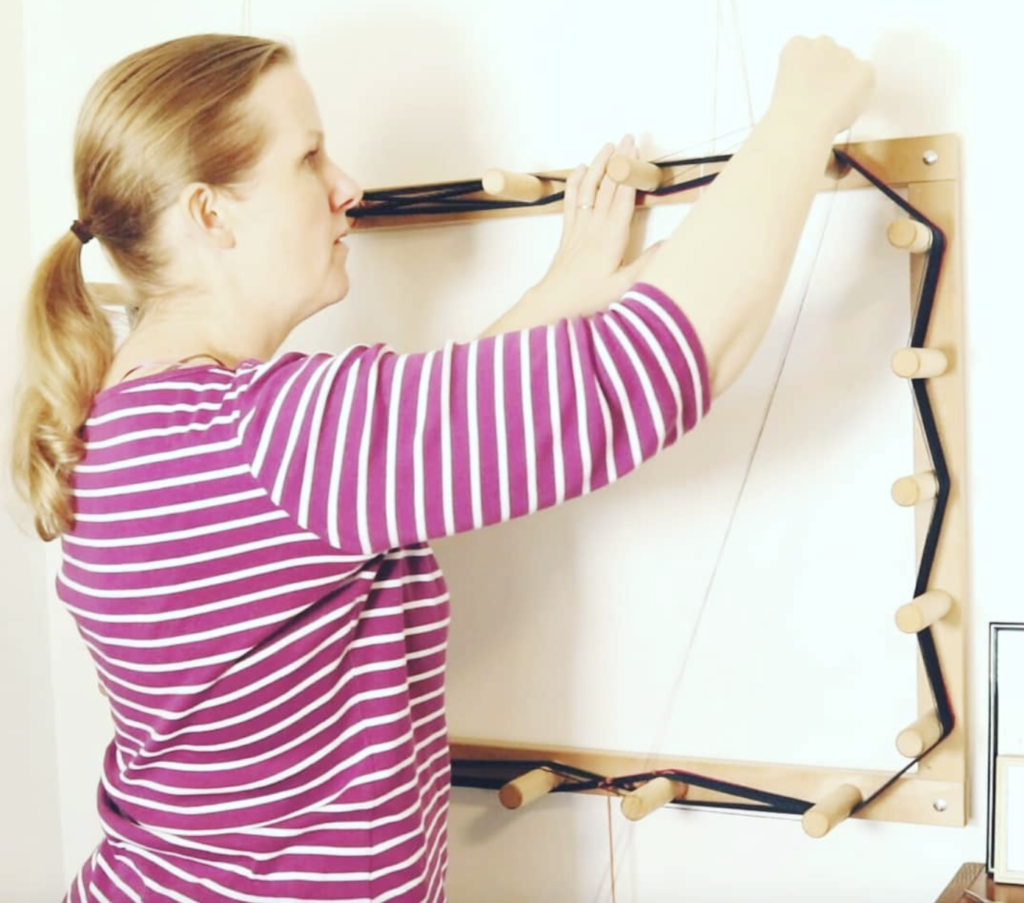
Here I’m going to insert my personal opinion again 😊 You can take it or leave it, I’m just sharing thoughts. Pricing is a delicate and sensitive issue, it’s essential that you do what works for YOU. I’ll make a couple of points to ponder over:
- It’s very important to not “cheapen the weaving industry” by charging too little. People complain that non weavers don’t understand the time and skill that goes into a woven item. Well, the best way to change that perception is by charging appropriately for your work.
- When you are starting out selling, it is likely your work will not be as good as someone who has been weaving professionally for some time. That is OK, there is absolutely nothing wrong with selling pieces that are “not perfect” but be realistic in your pricing. I’m not talking about being cheap. But you may expect to price your work lower than someone who is known as a professional weaver, has an excellent reputation and consistently delivers high quality. You can adjust your pricing over time, as your work improves and there is nothing wrong with that. Everyone has to start somewhere!
- Your time is valuable. If you are weaving as a business, make sure your hourly rate (labour) is an amount that is sustainable for you and that you feel good about. Again, this can always be adjusted over time, but trust me, you are not going to feel motivated to weave beautiful things for customers if your hourly rate is below minimum wage or worse.
There are many more points to discuss when it comes to selling, some of which include:
- Avenues for selling and finding the right avenue for you.
- Legal and tax requirements.
- Getting the word out.
- Copyright issues.
If you would like to dive deeper into this subject, have a member’s only class – Selling Your Weaving class, which is a 40 minute discussion workshop to get you thinking about whether selling is right for you.
I also have a video that discusses many of the points listed here, plus more:
And if you are interested specifically in selling on Etsy, I have this Youtube video from the perspective of 10 years of selling there:
In addition to my Etsy shop I now have my own store Kelly Casanova Designs. I use Shopify to host this store and I think it’s a great option for weavers who want to sell and have an interested audience already.
You can get your first month for just $1 when you sign up to Shopify for a free trial.
If you are ready to start your own email list, I recommend using Convertkit. This is the company that I use for my mailing list and I think it’s awesome. Perhaps you want to see what my emails to my list actually look like? You can do that by signing up to my mailing list.
I hope this post was helpful to you! I would love to continue the discussion, so if you have any comments or questions, please leave them in the comments section down below.
Until next time…
Happy Weaving!

